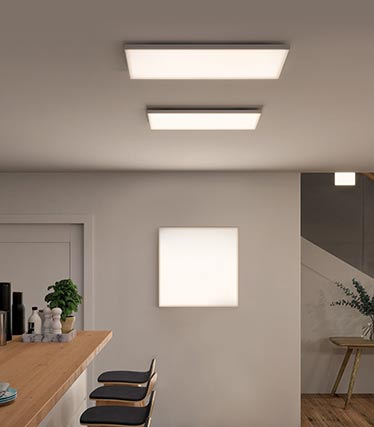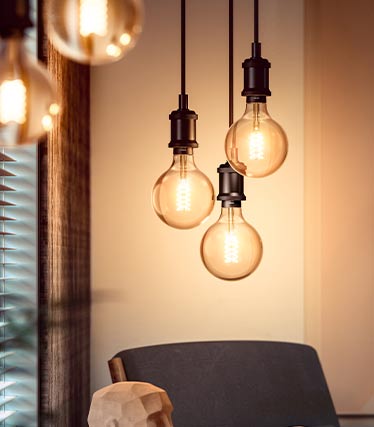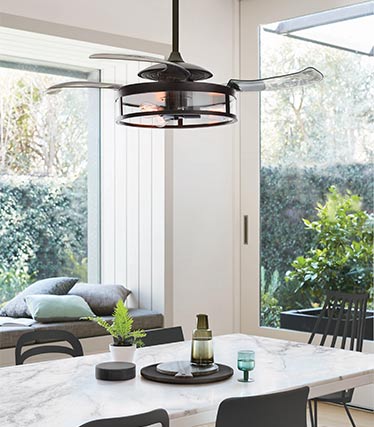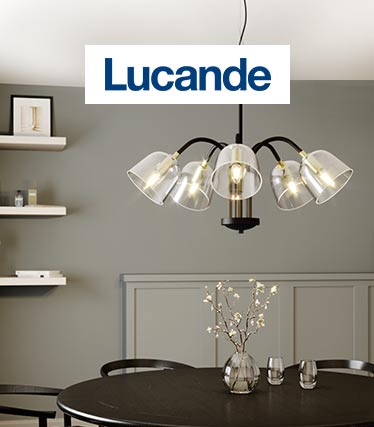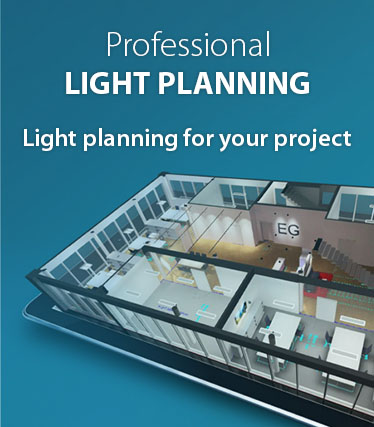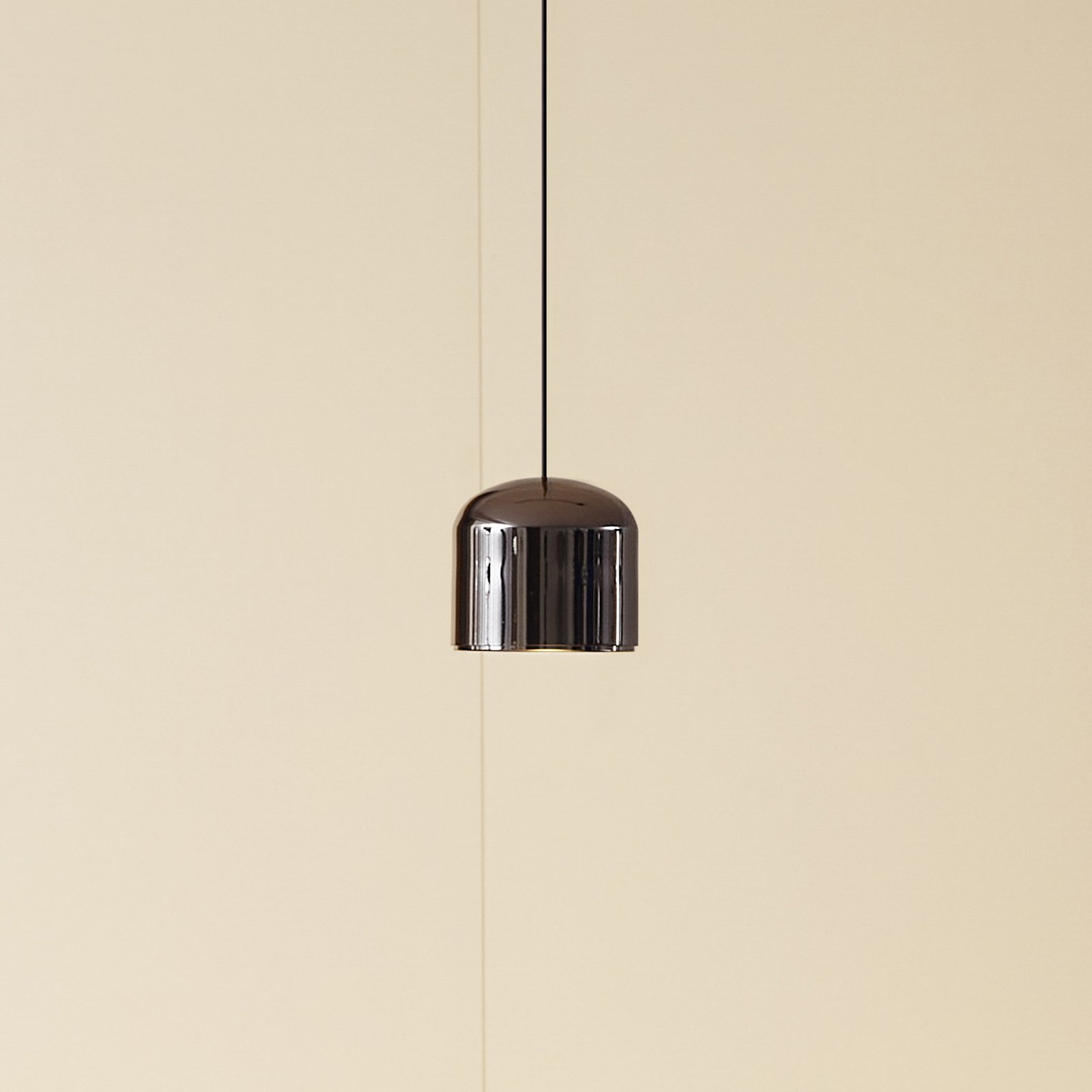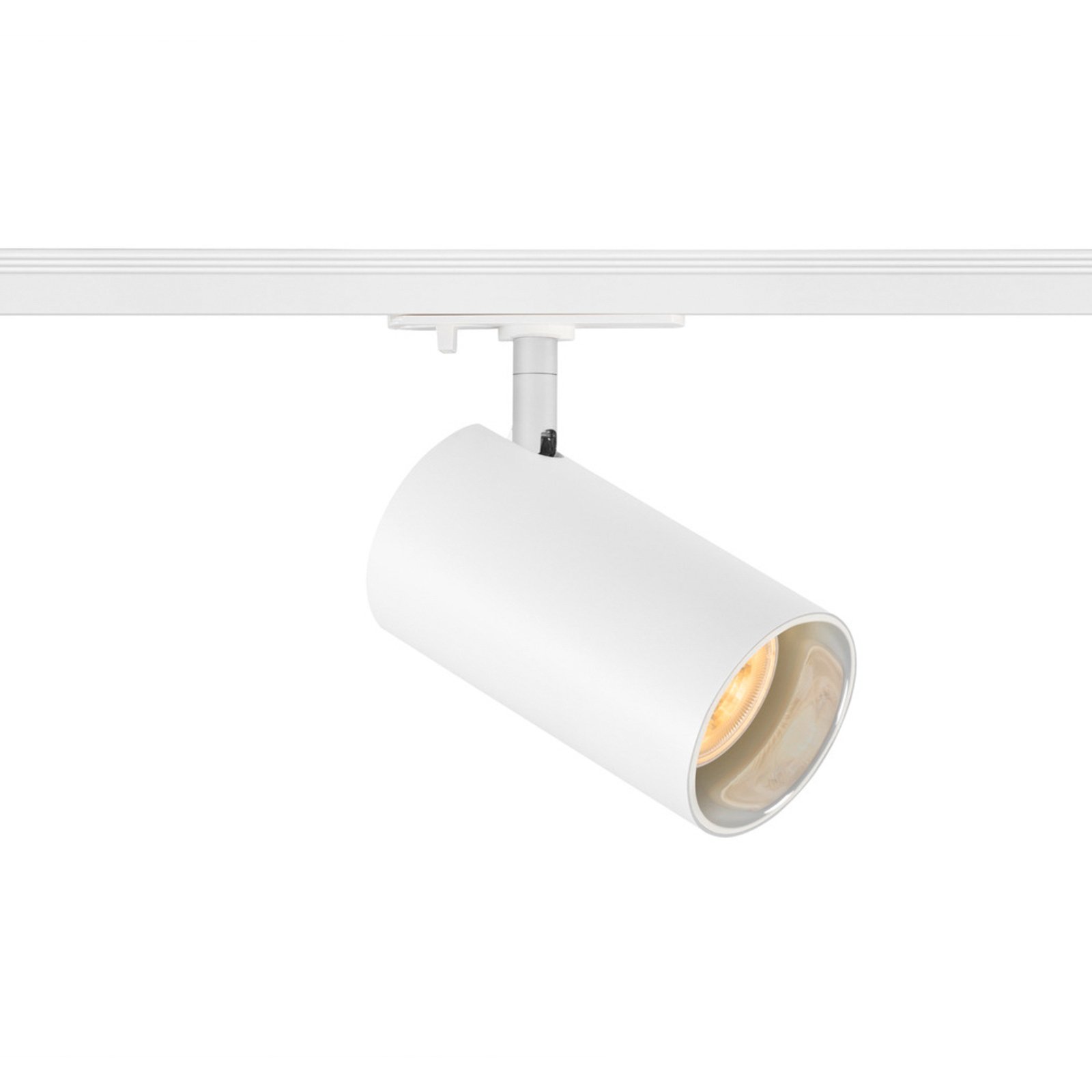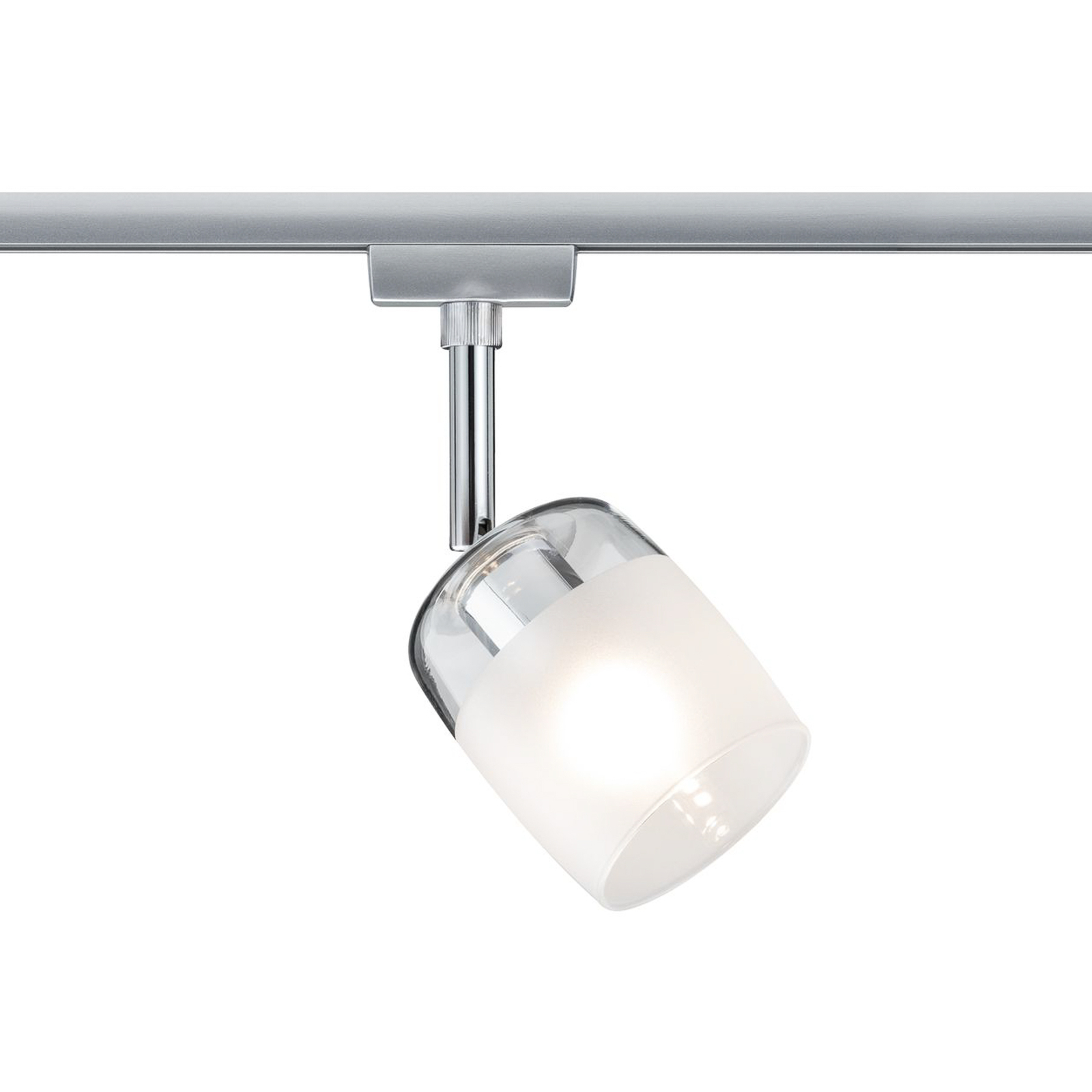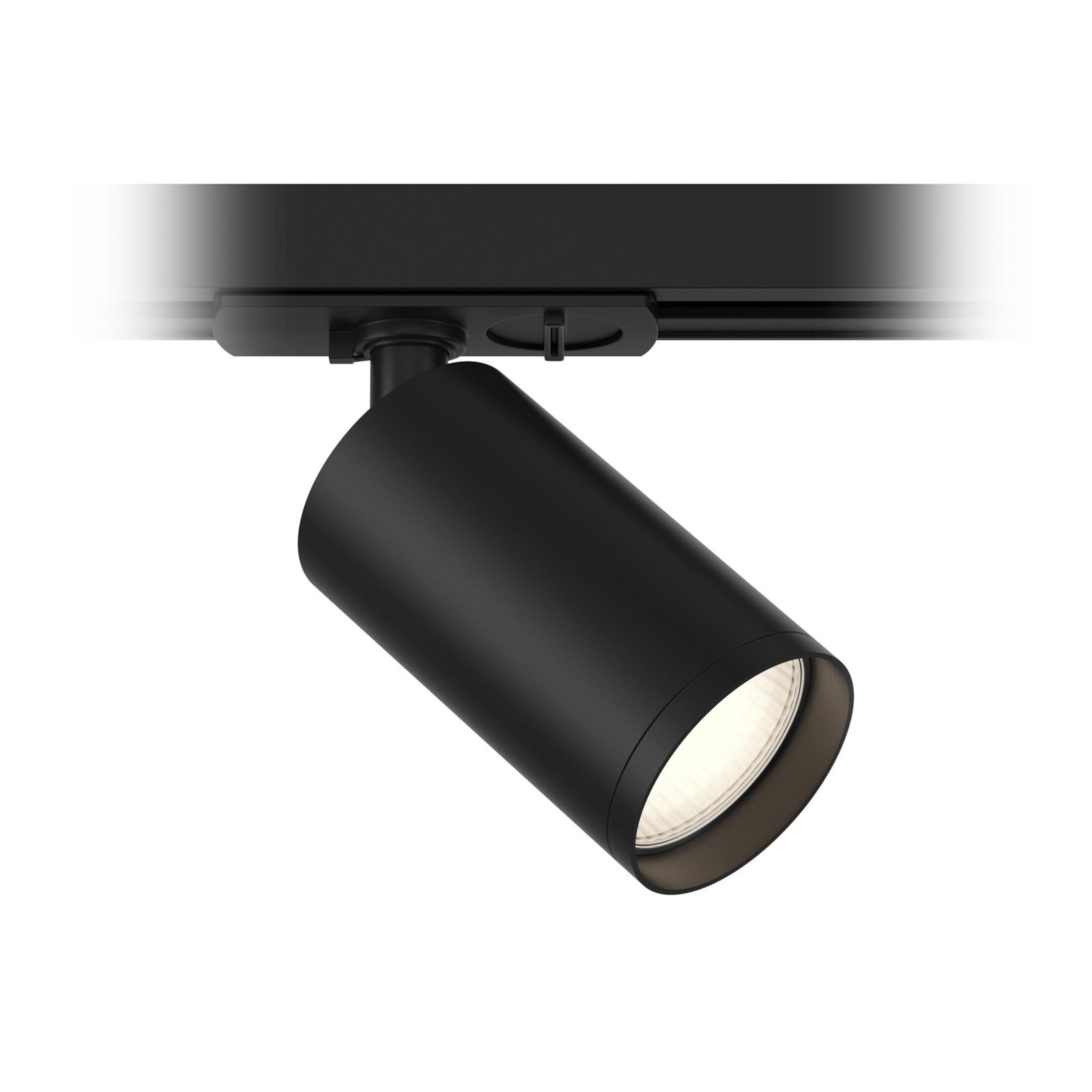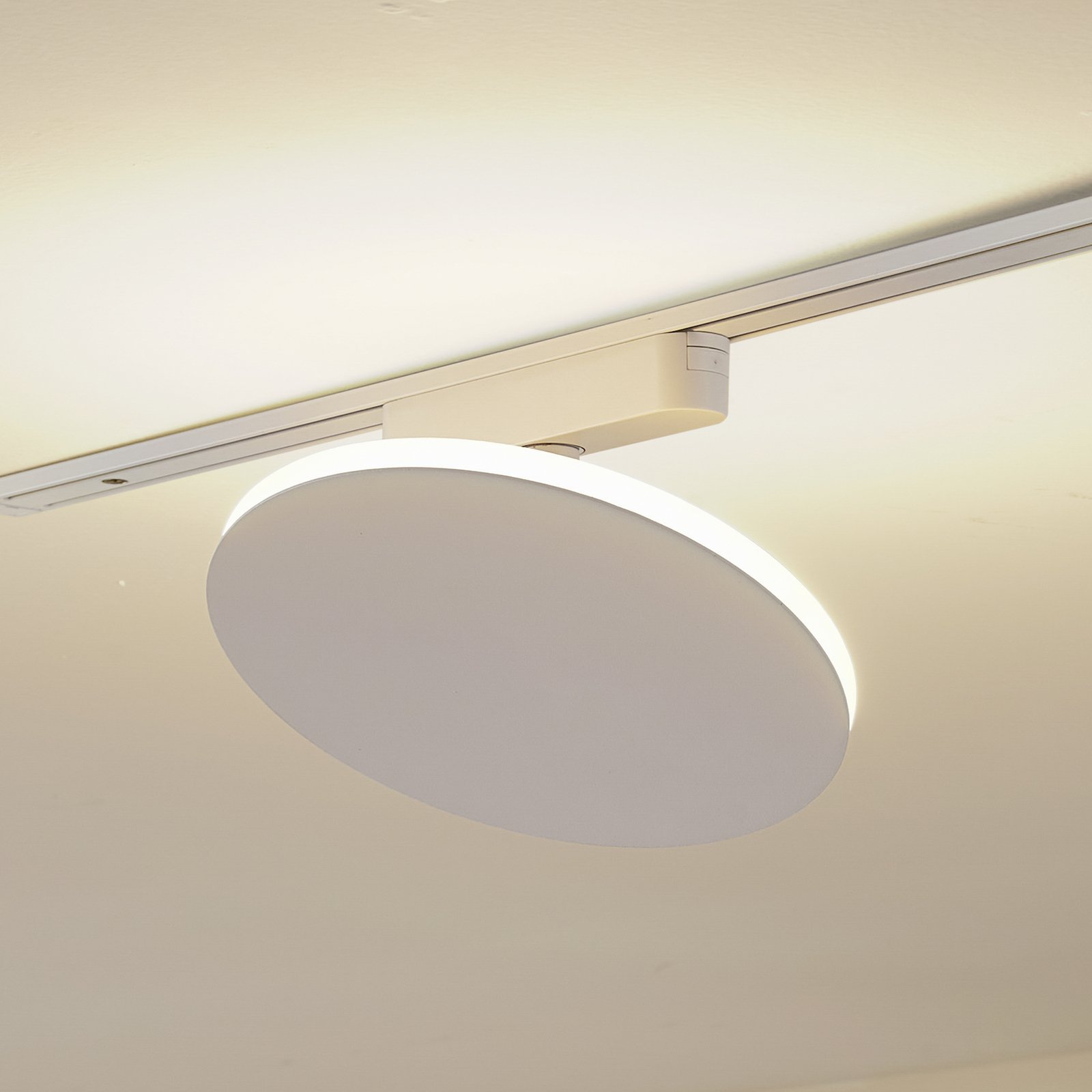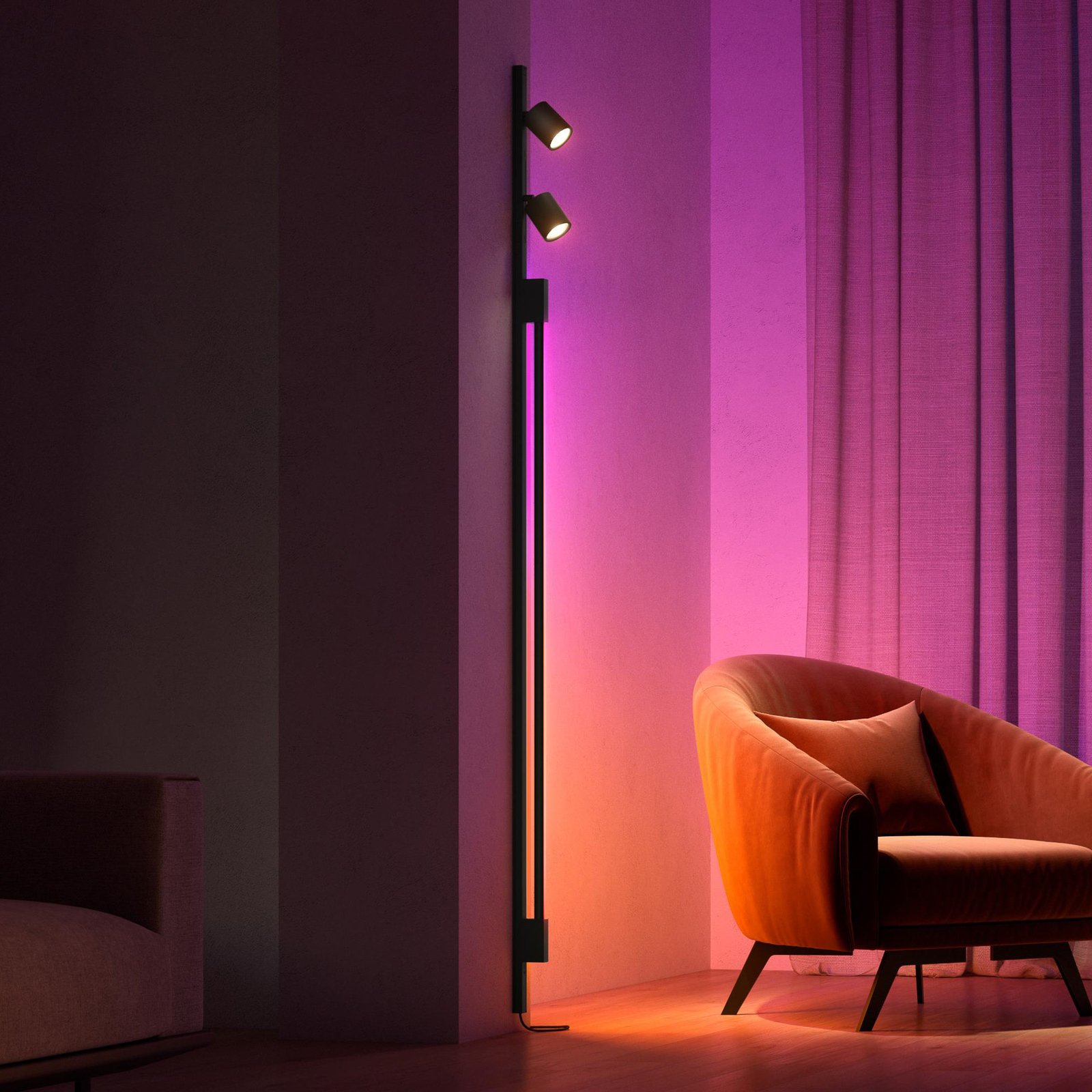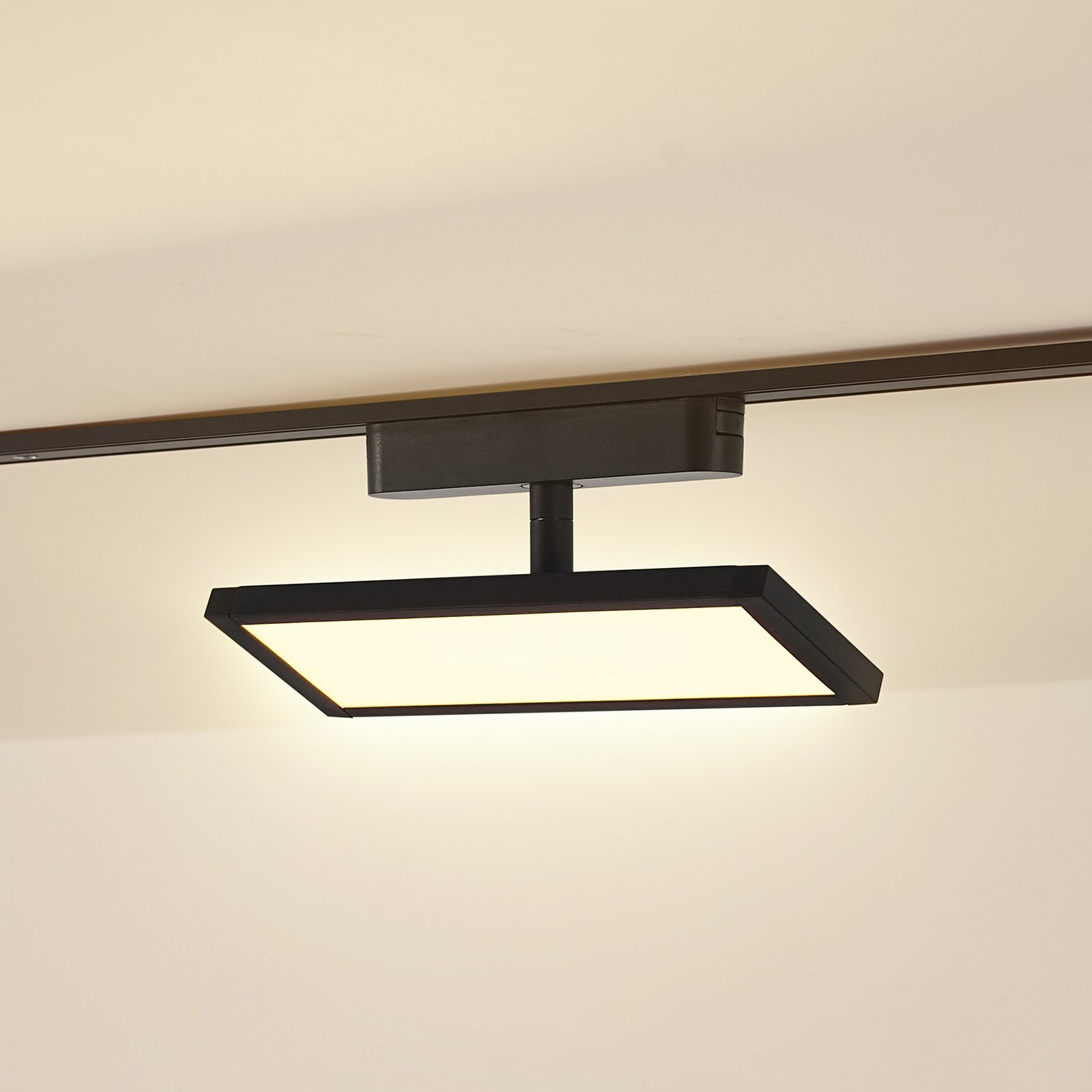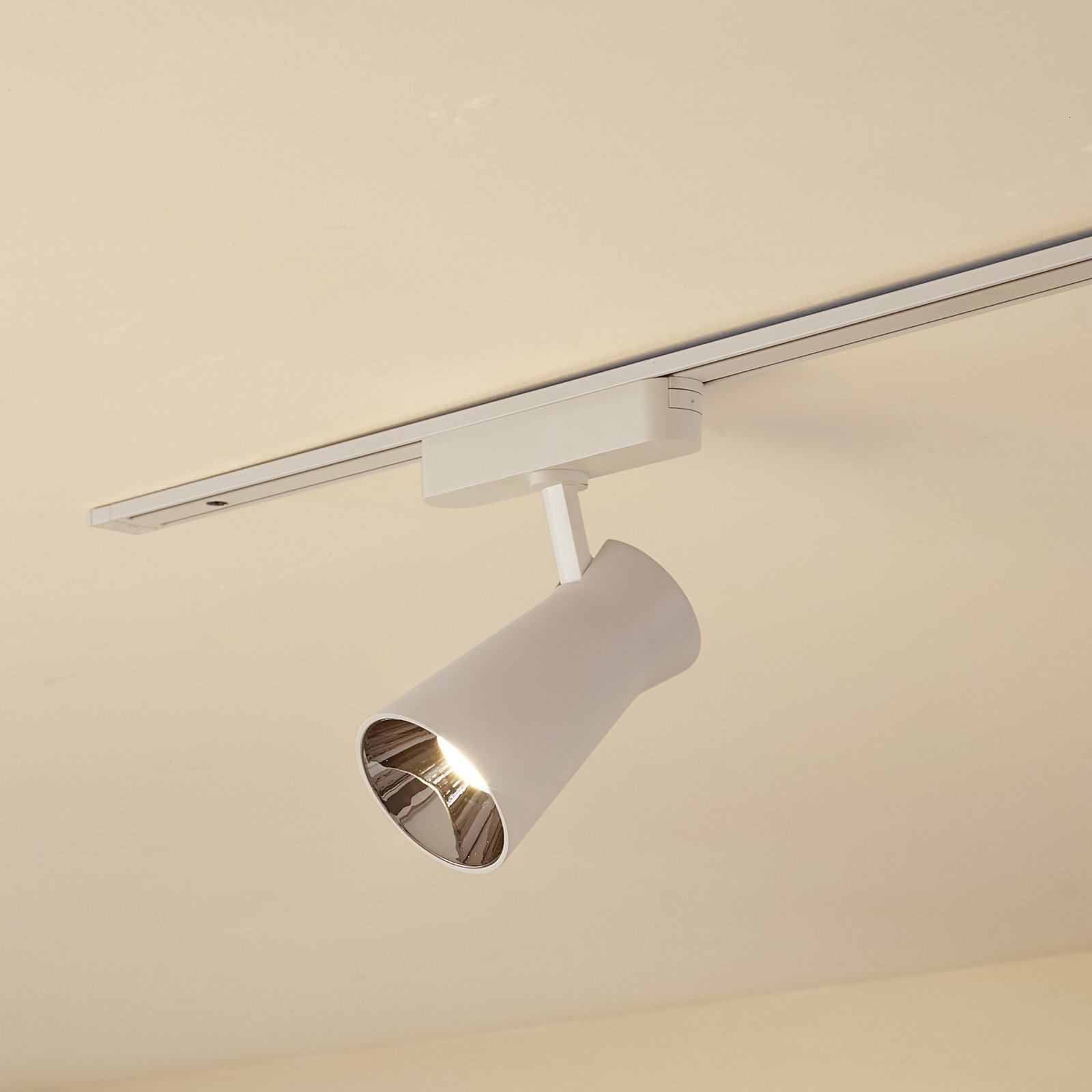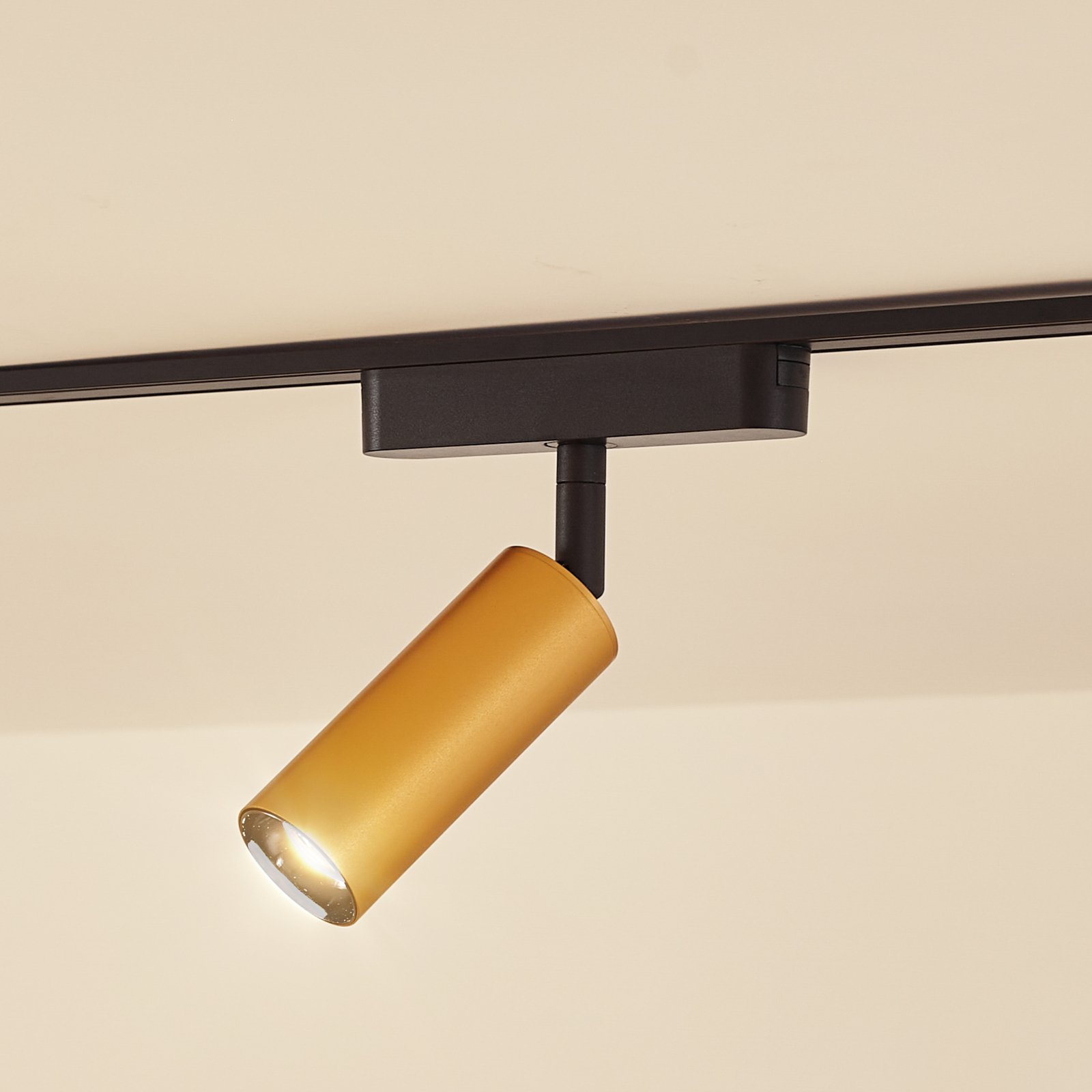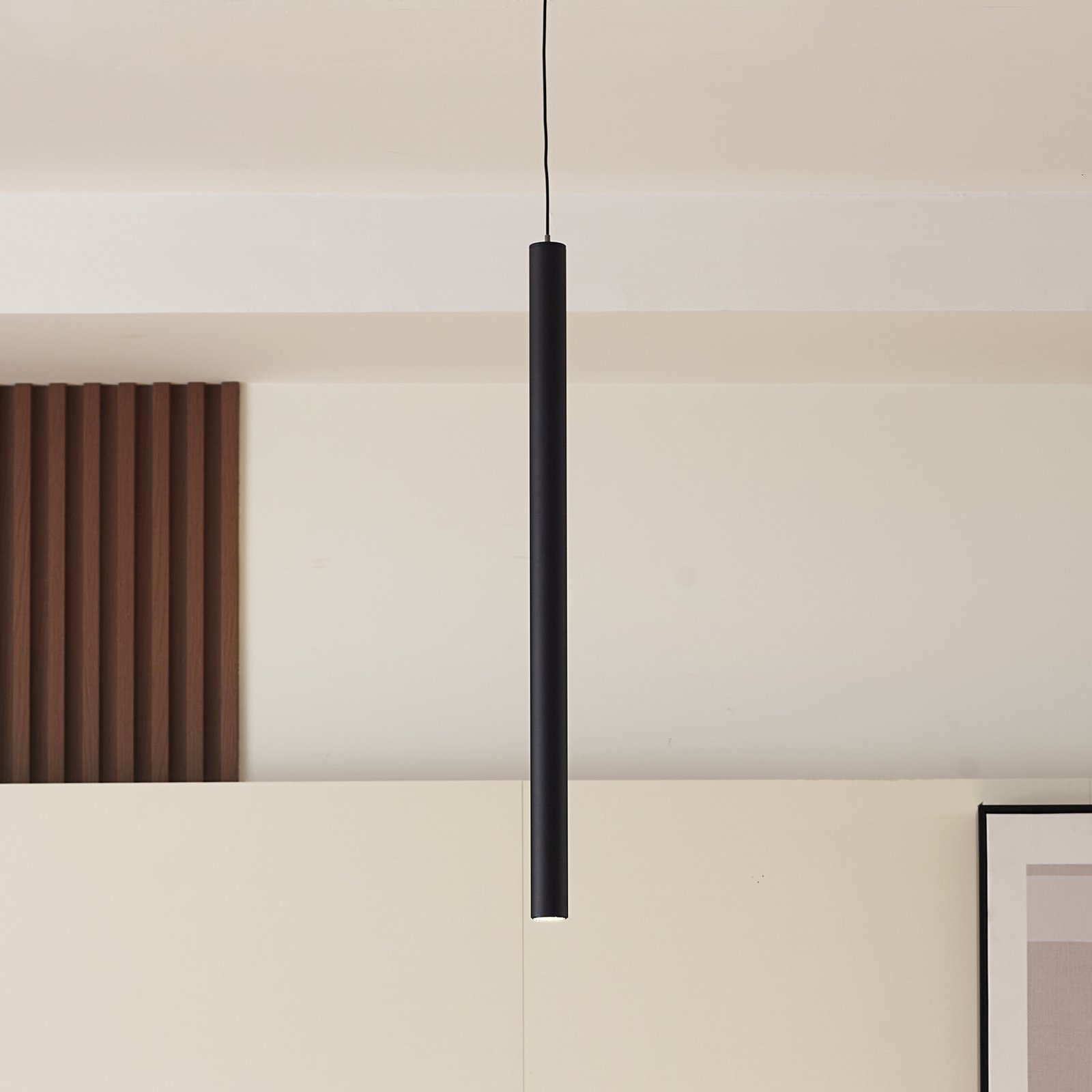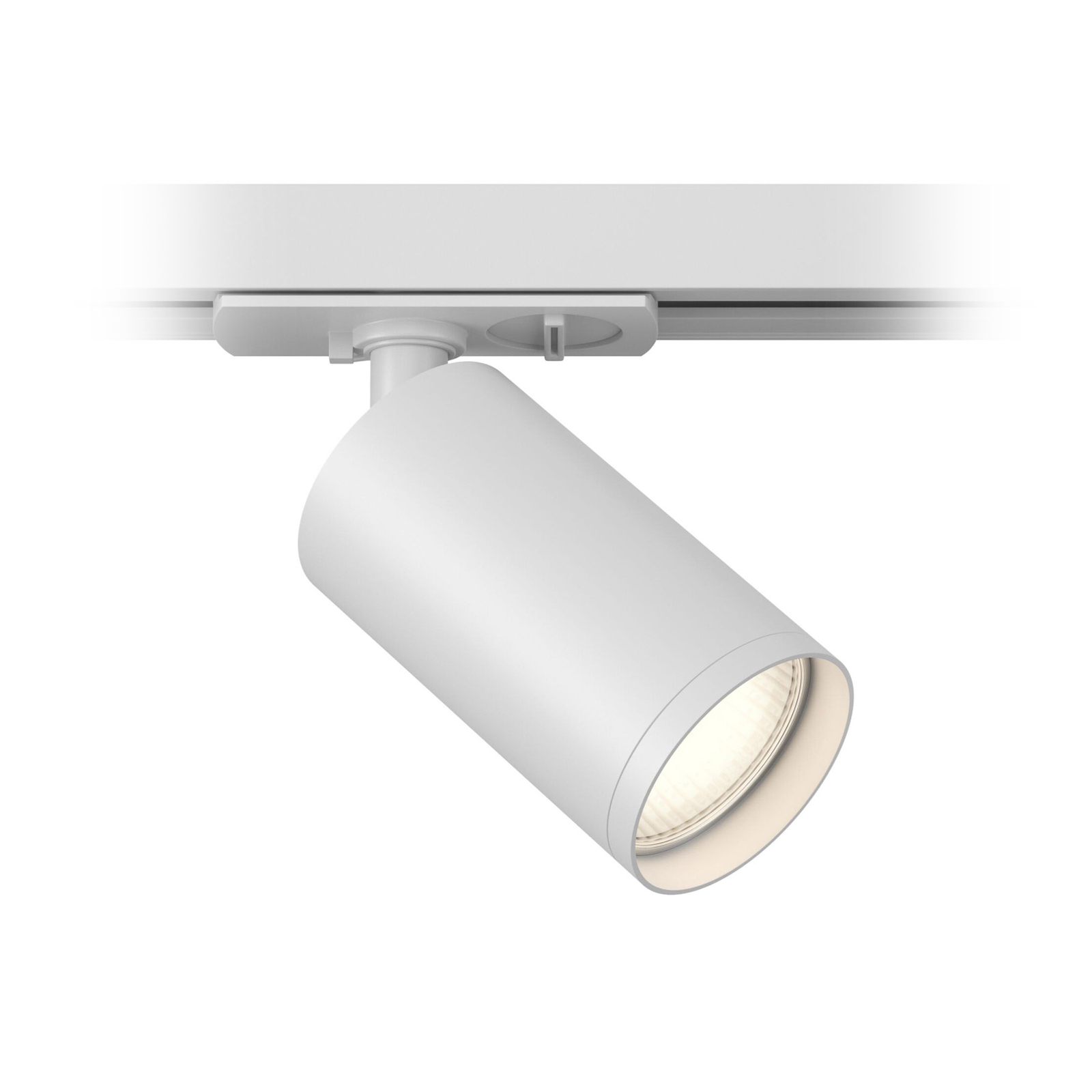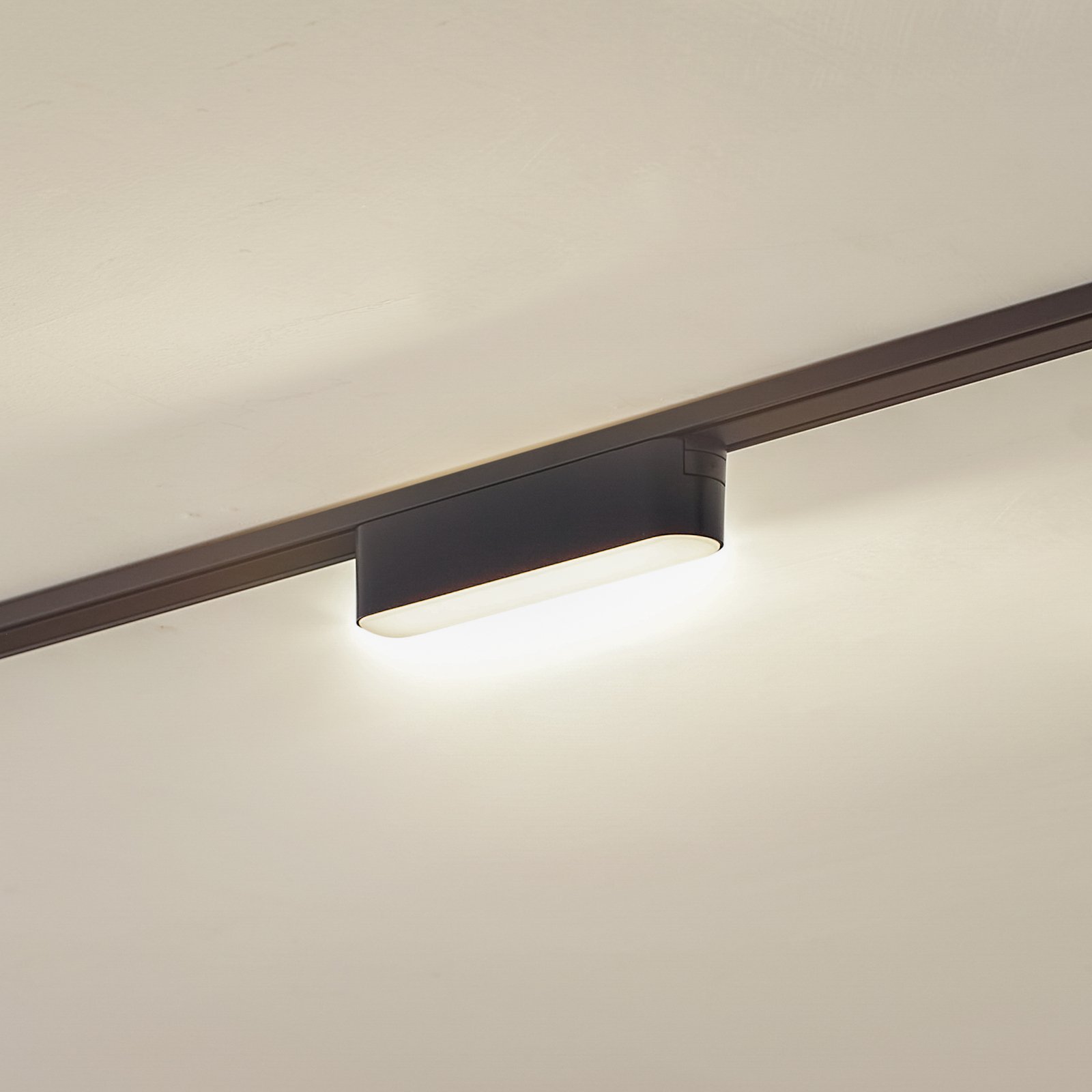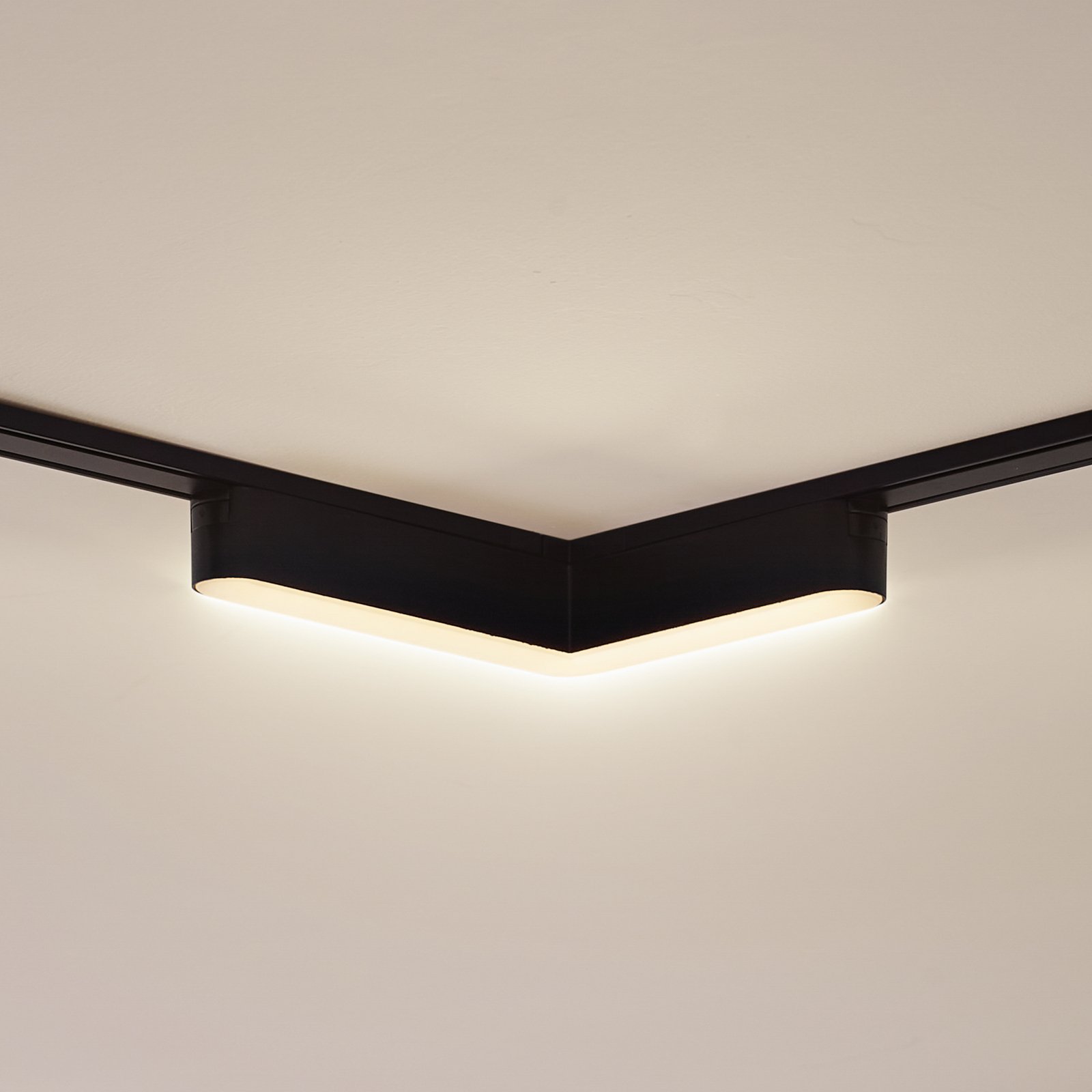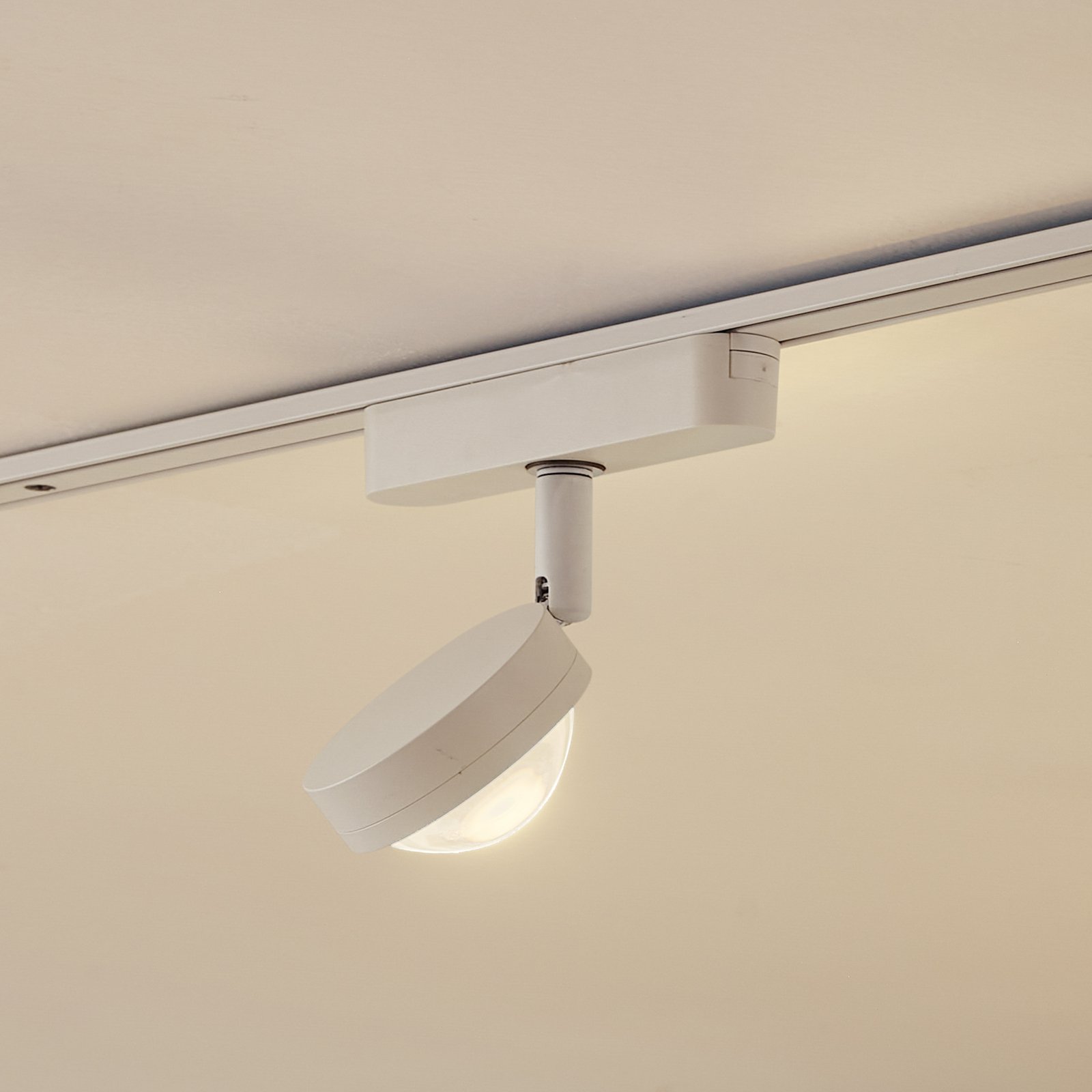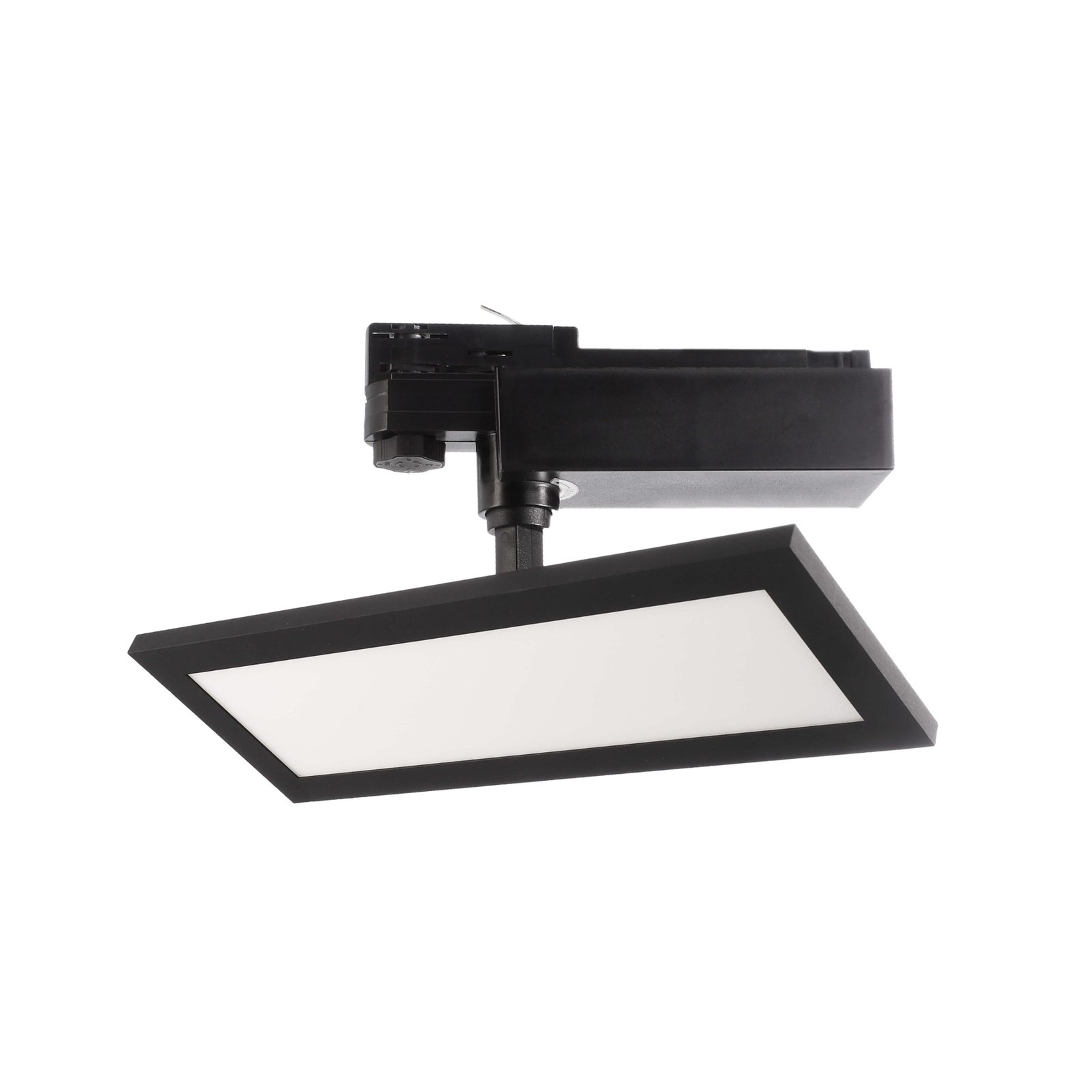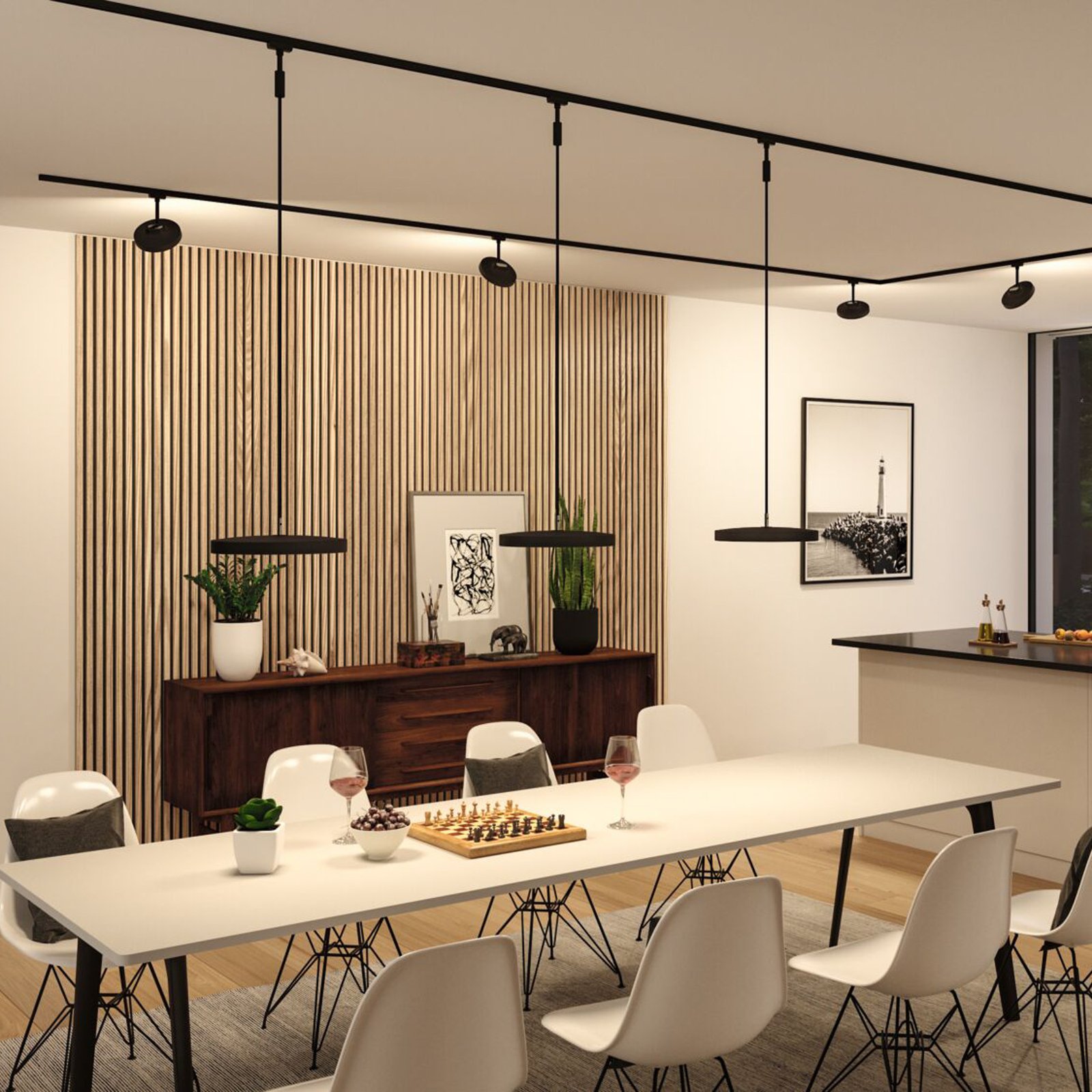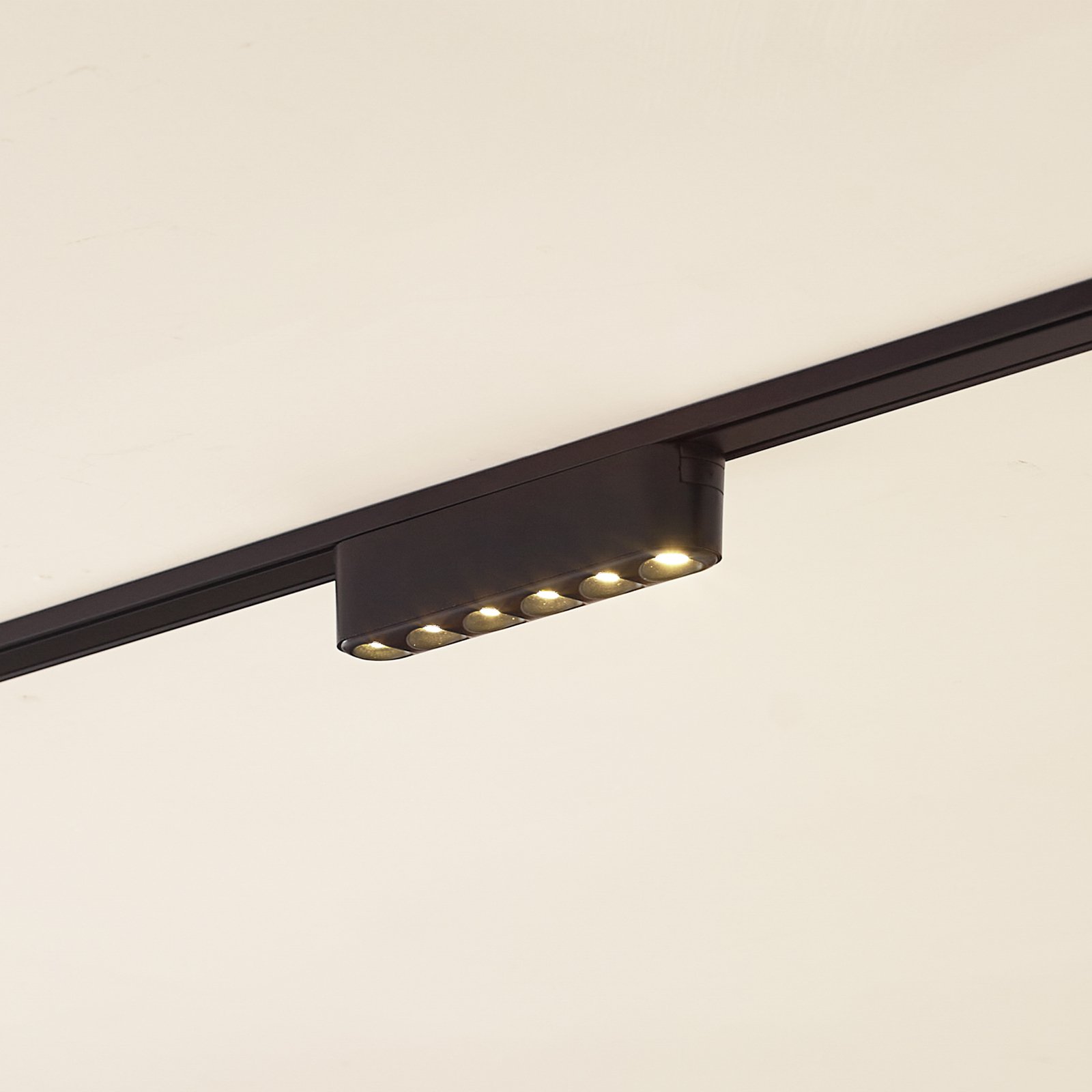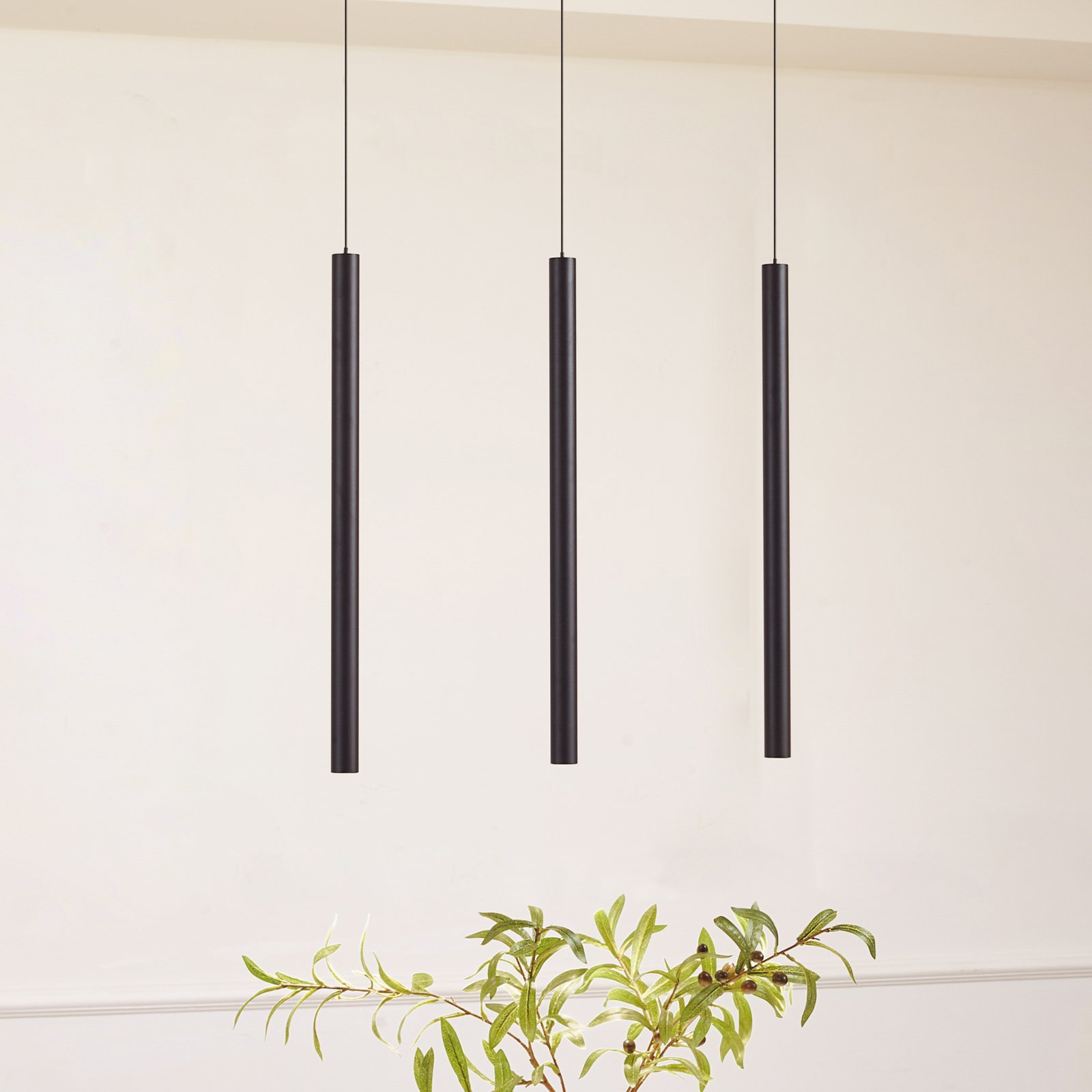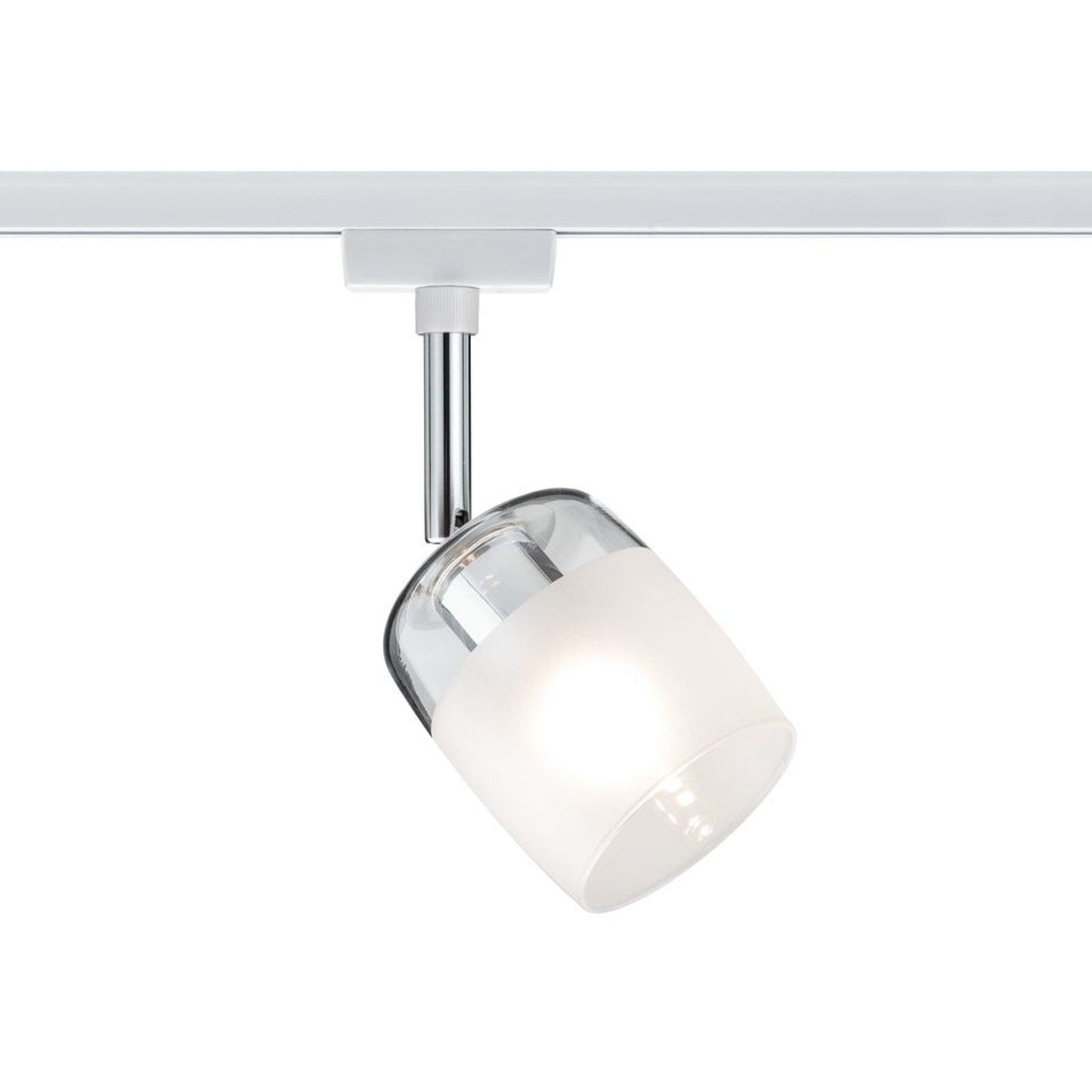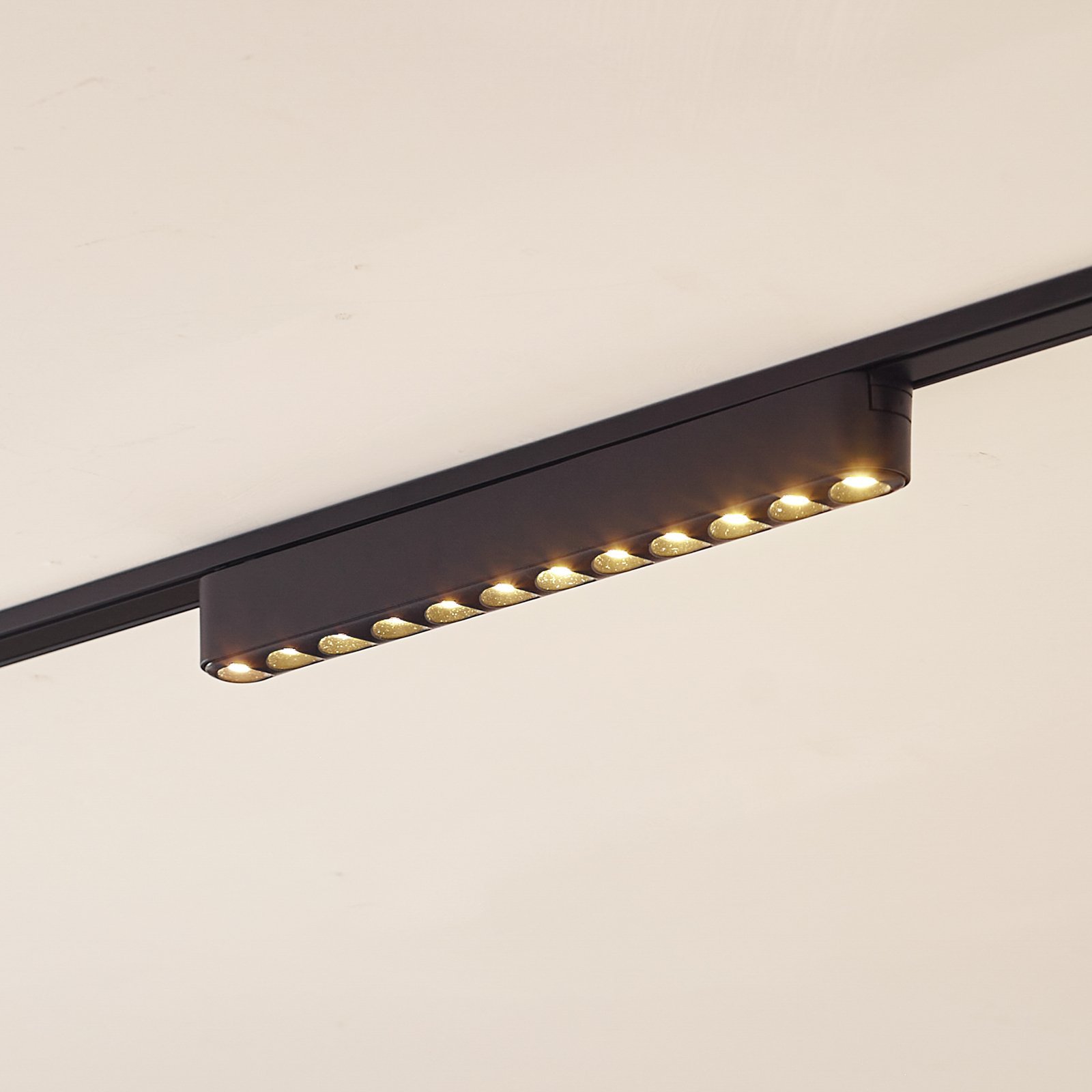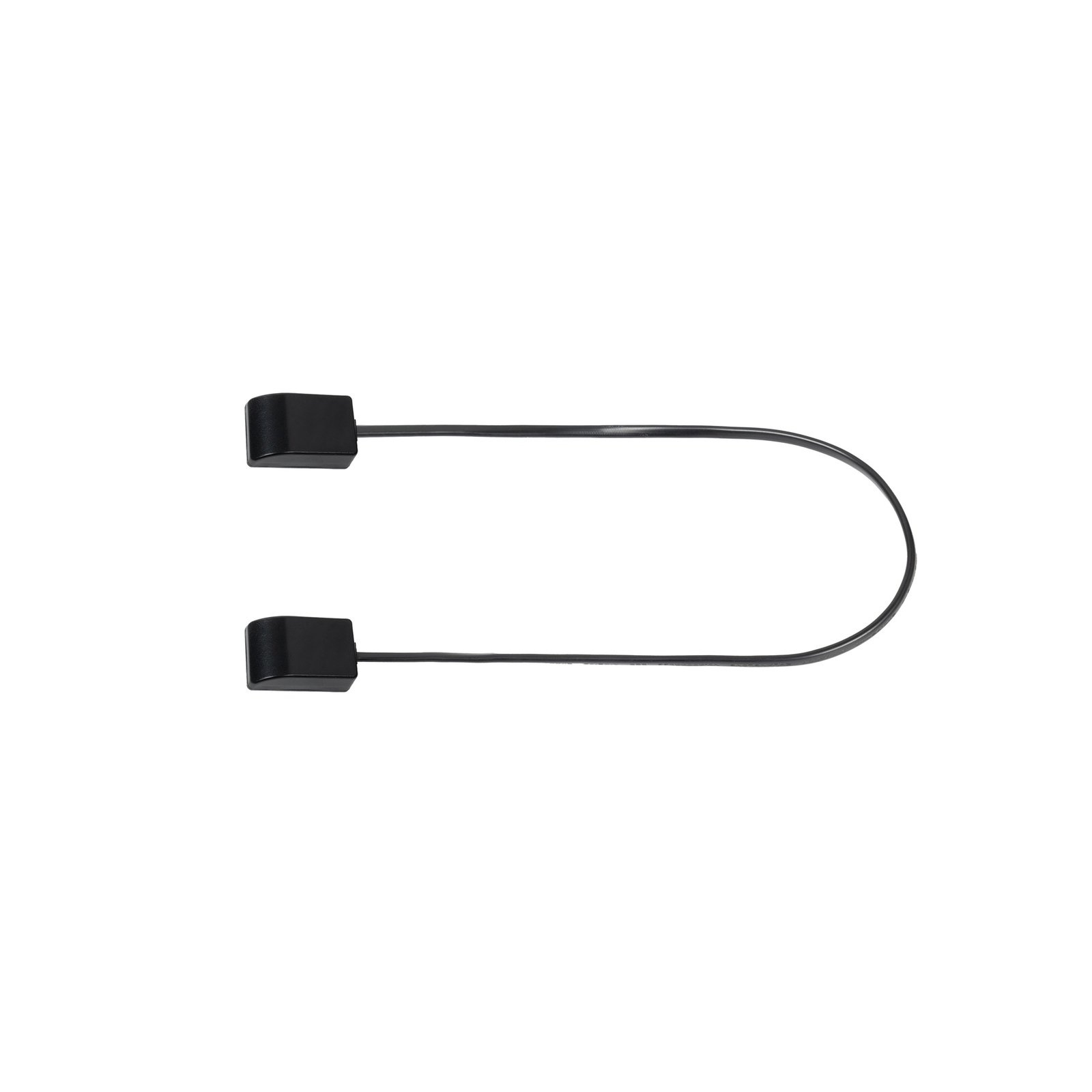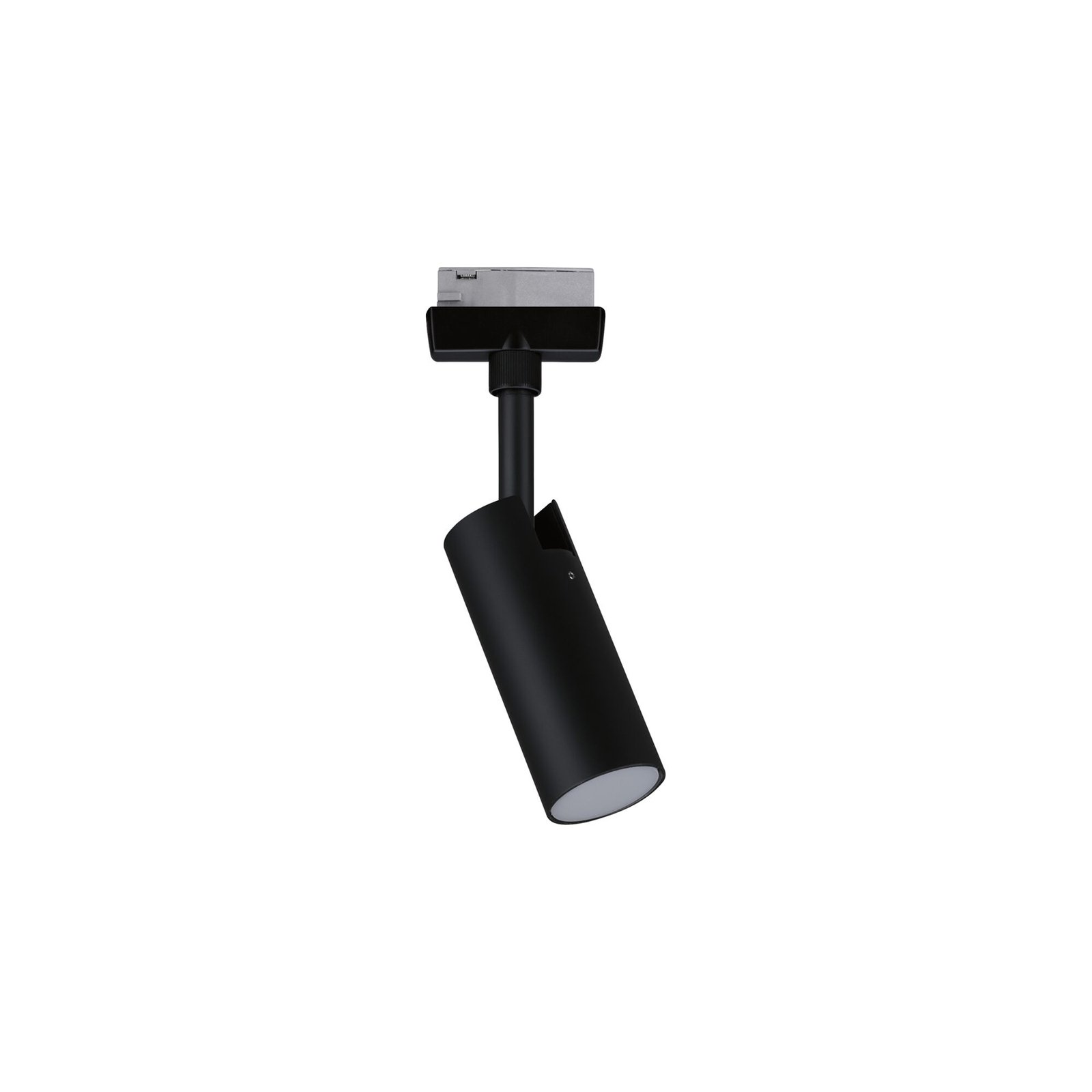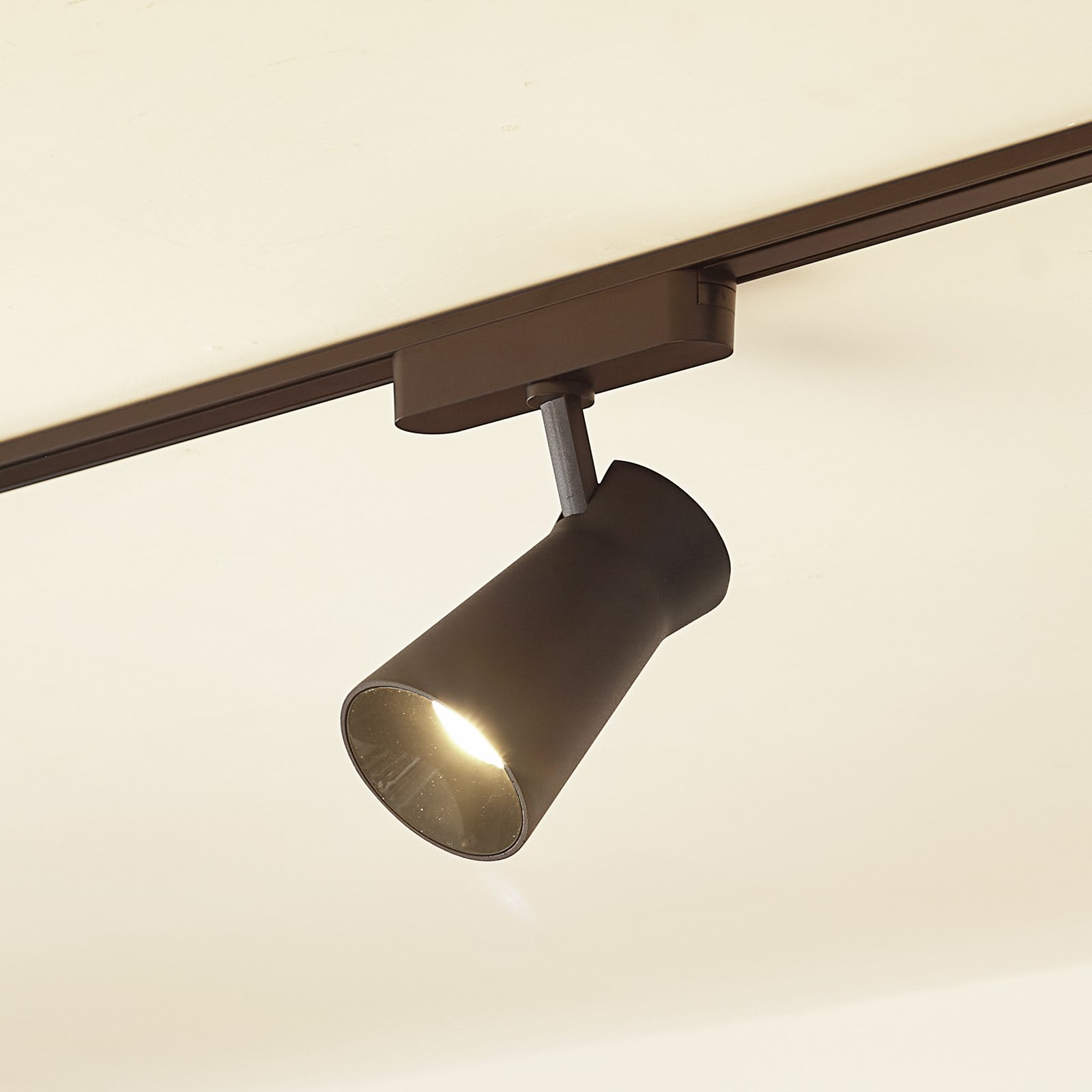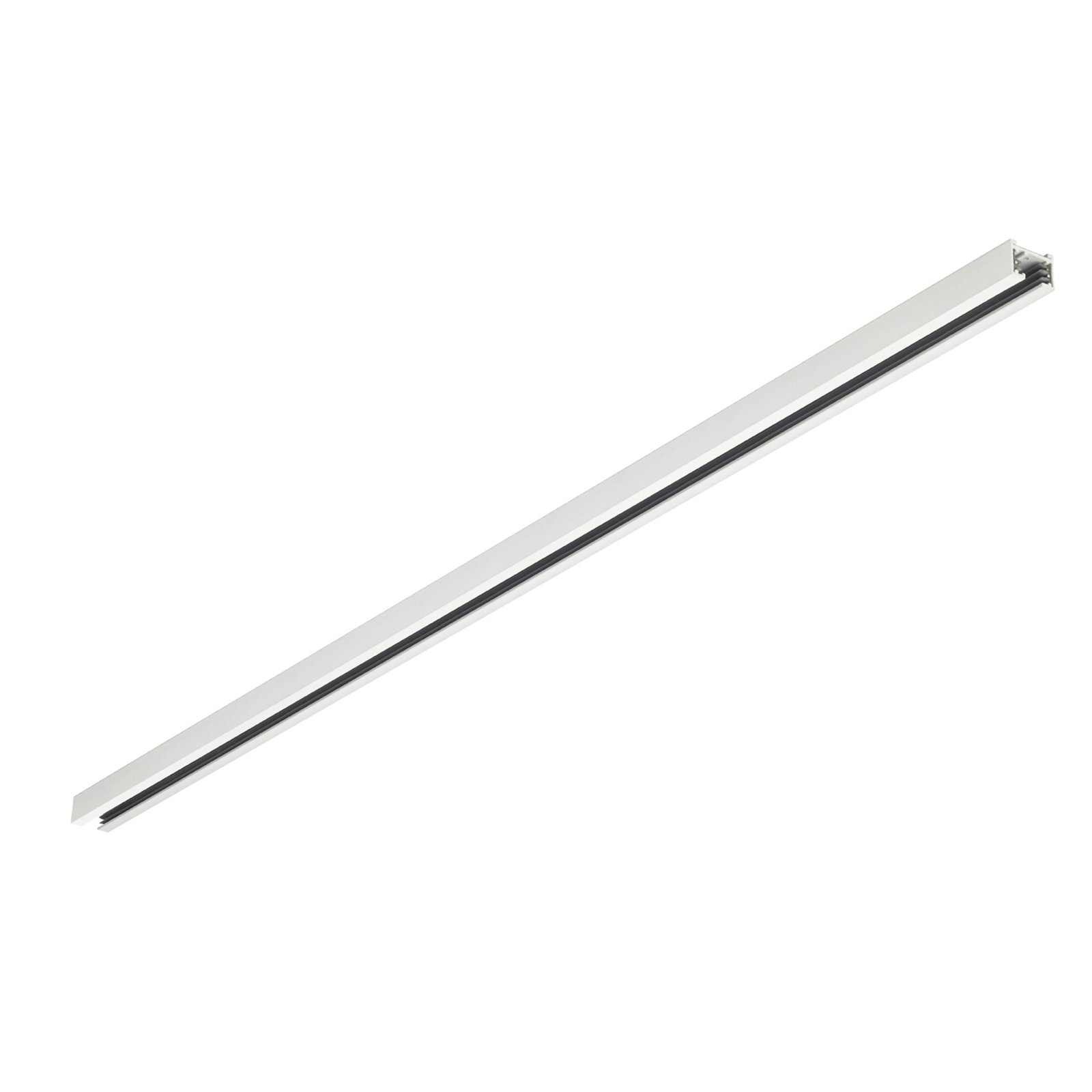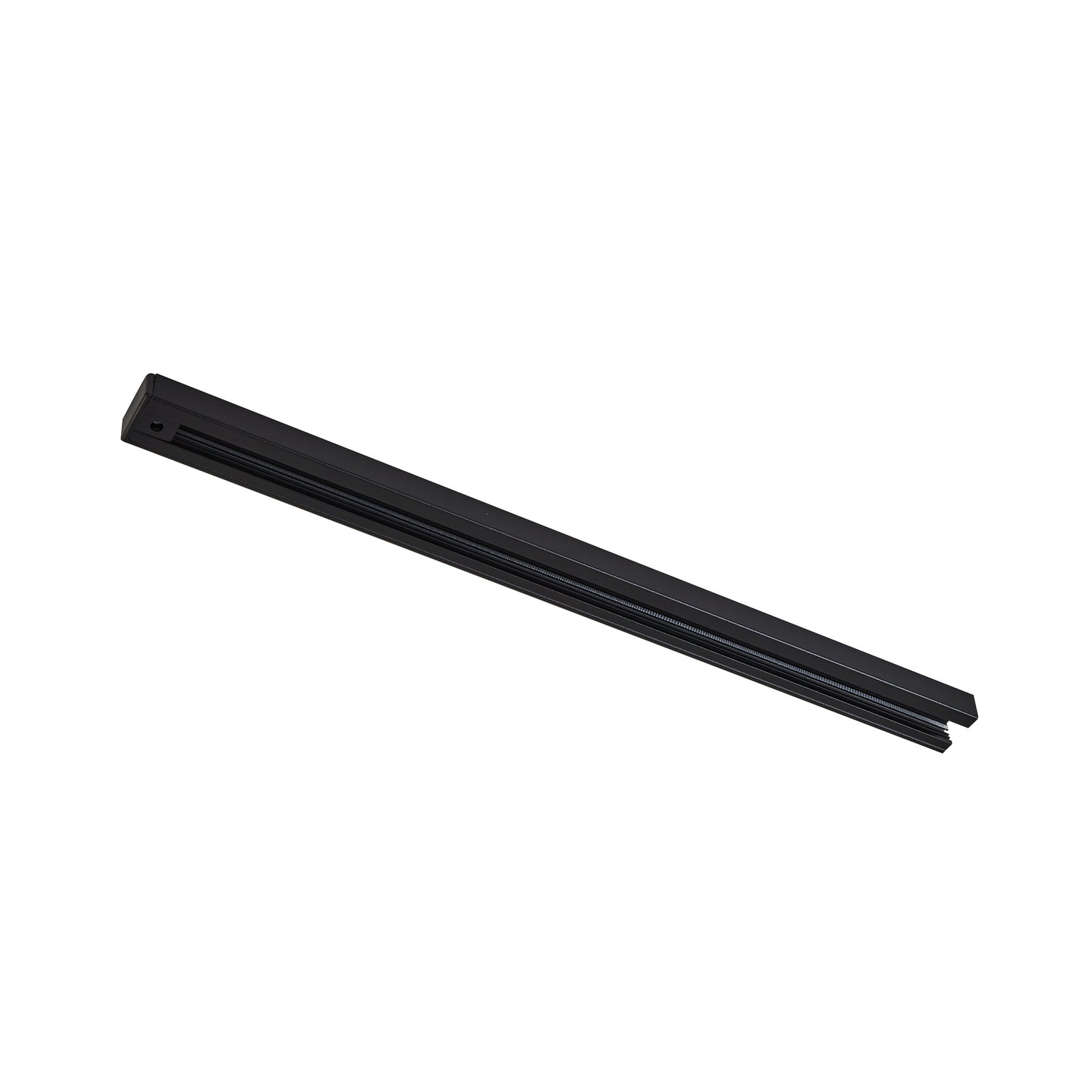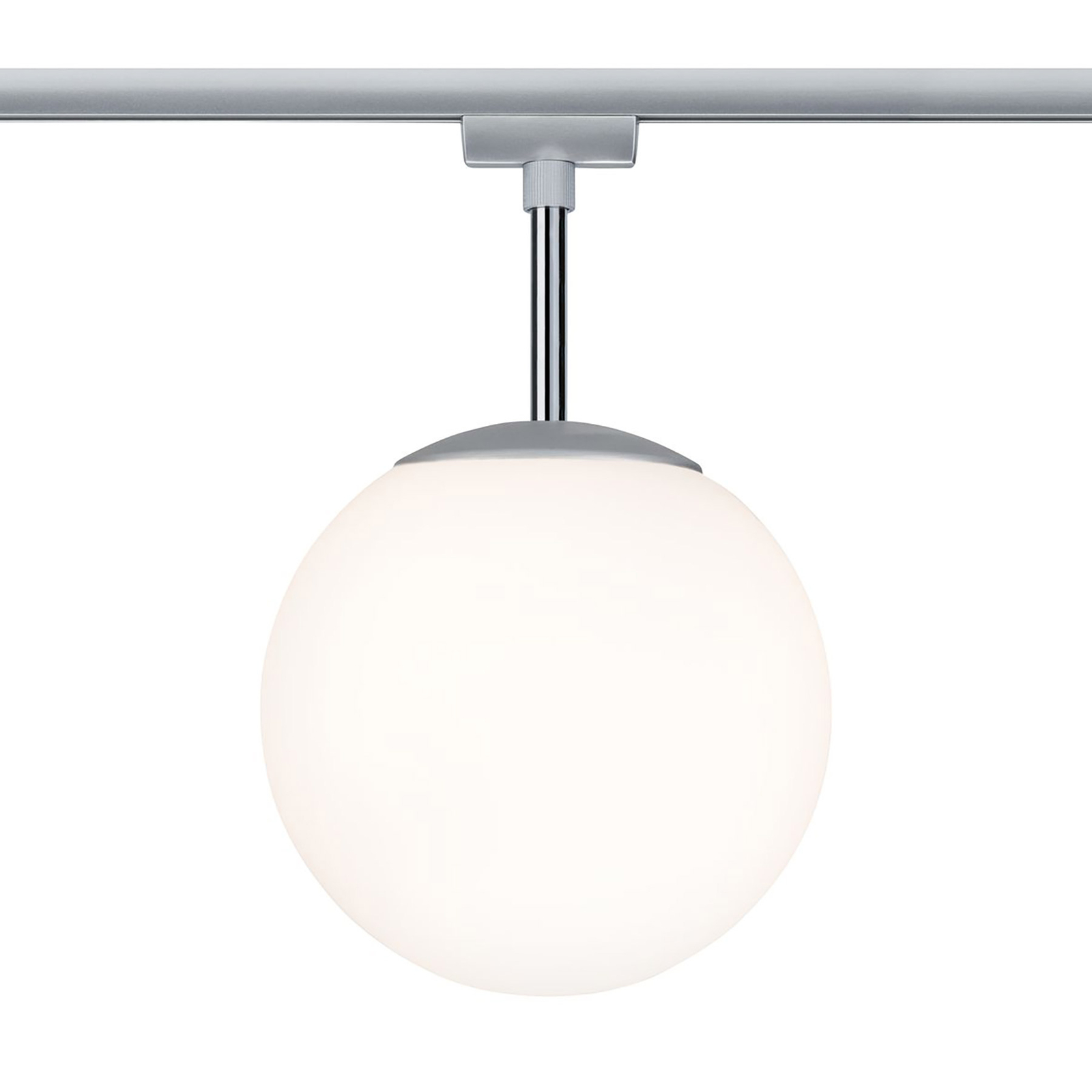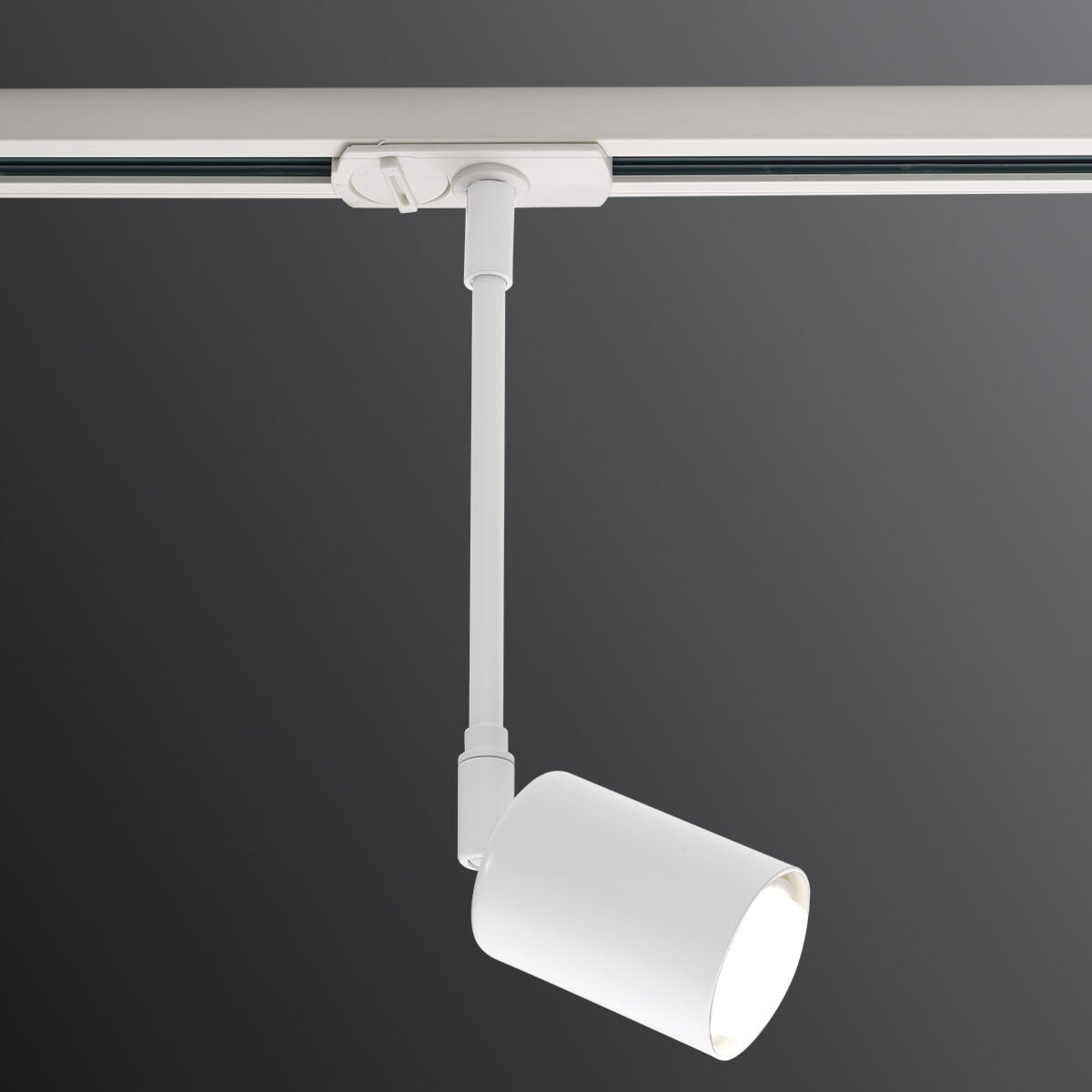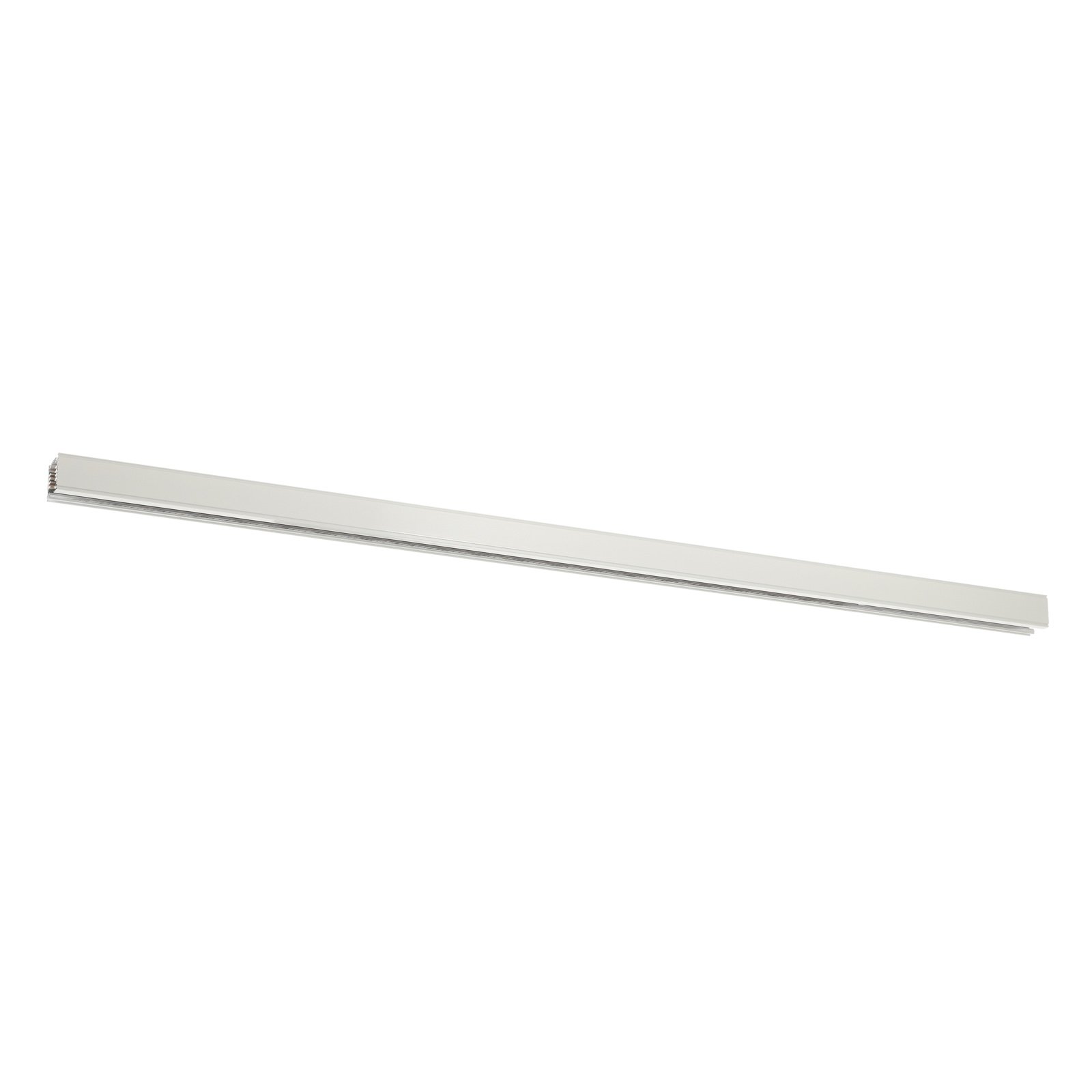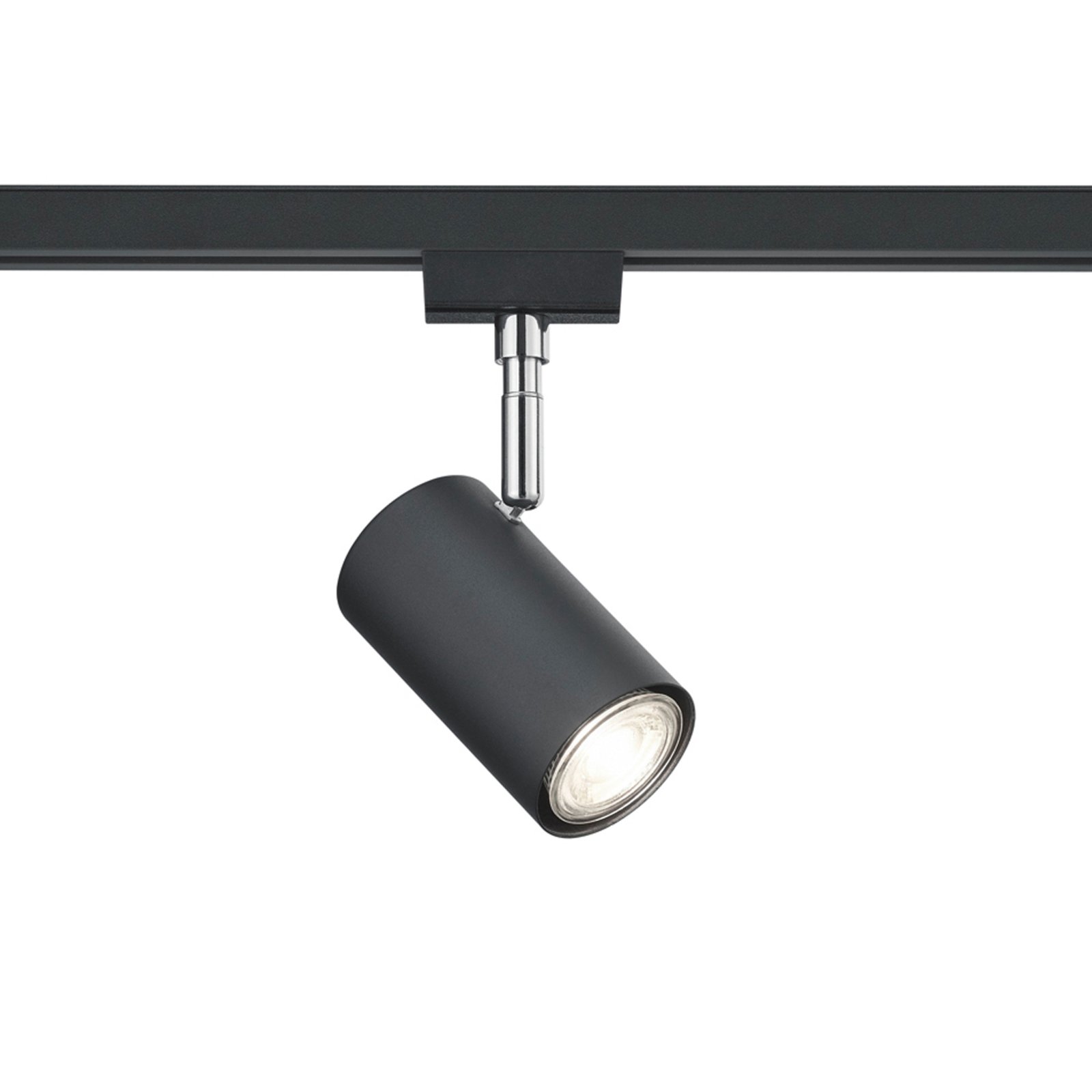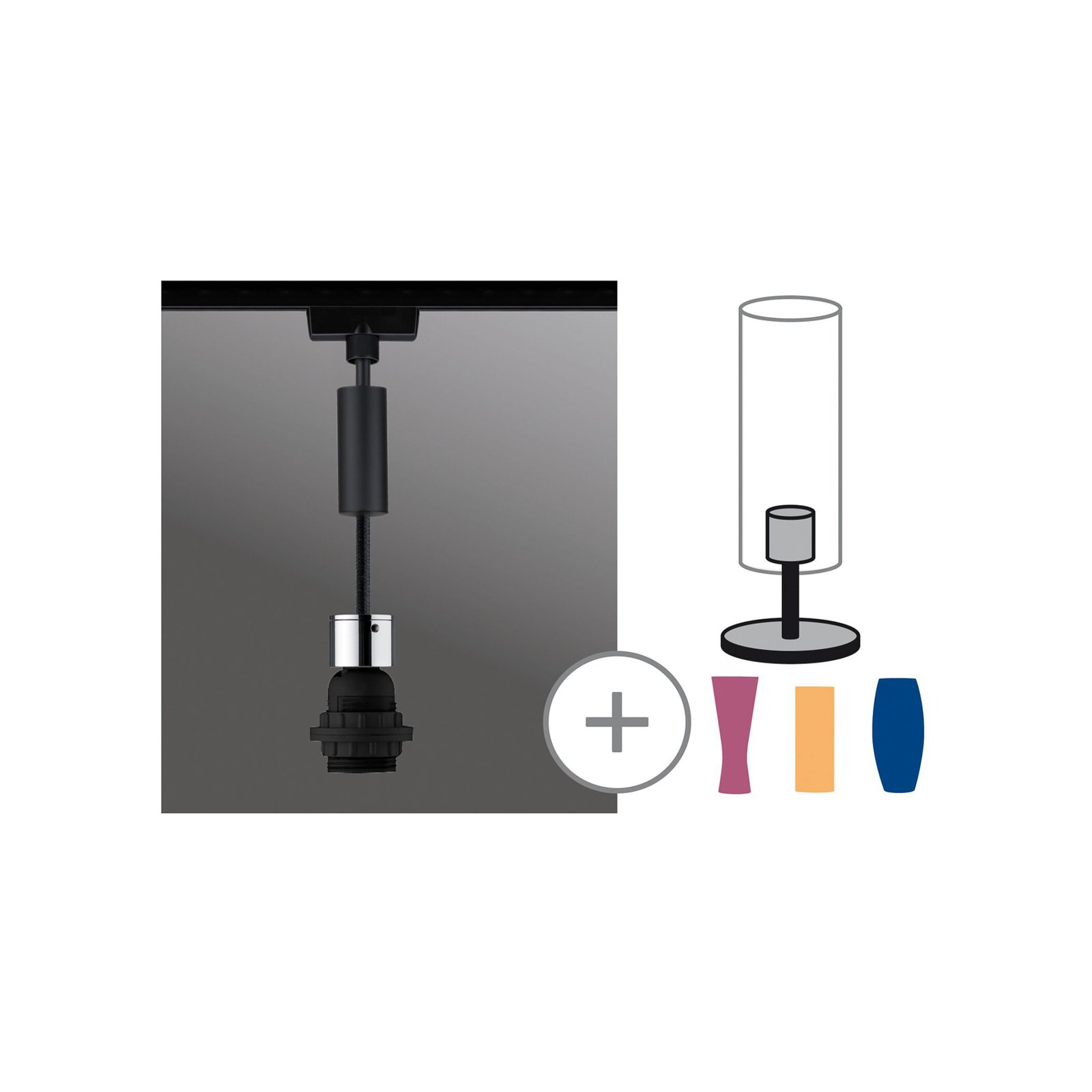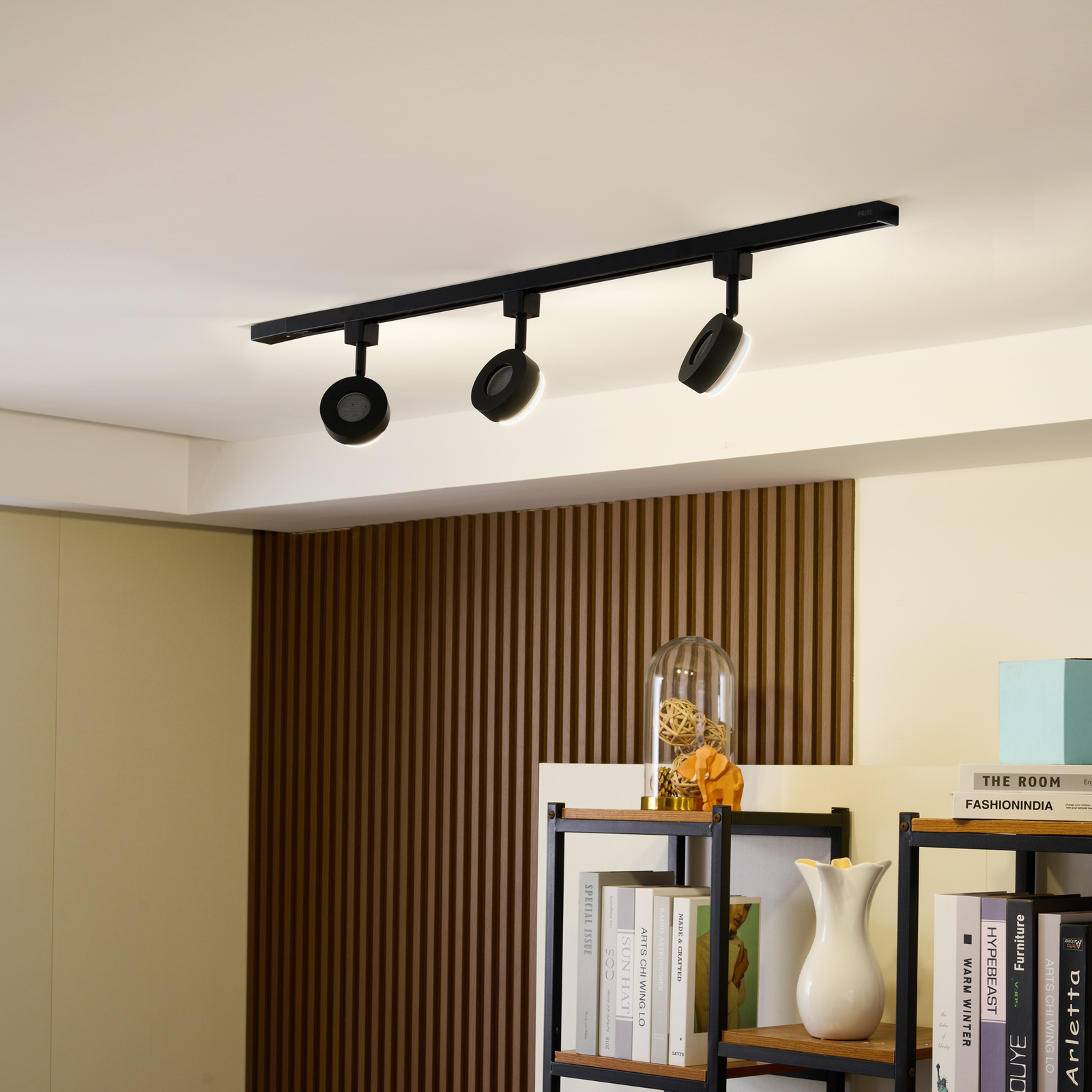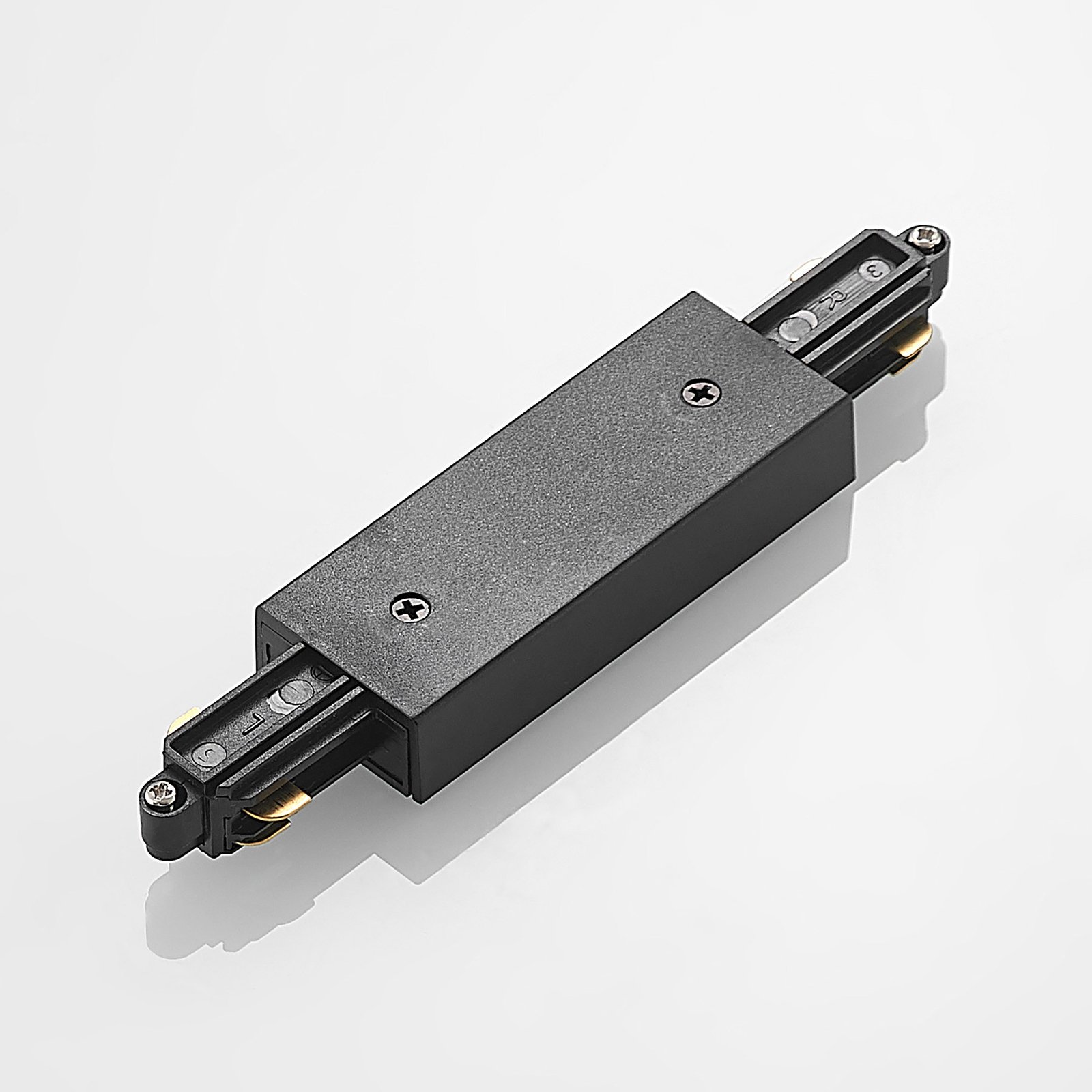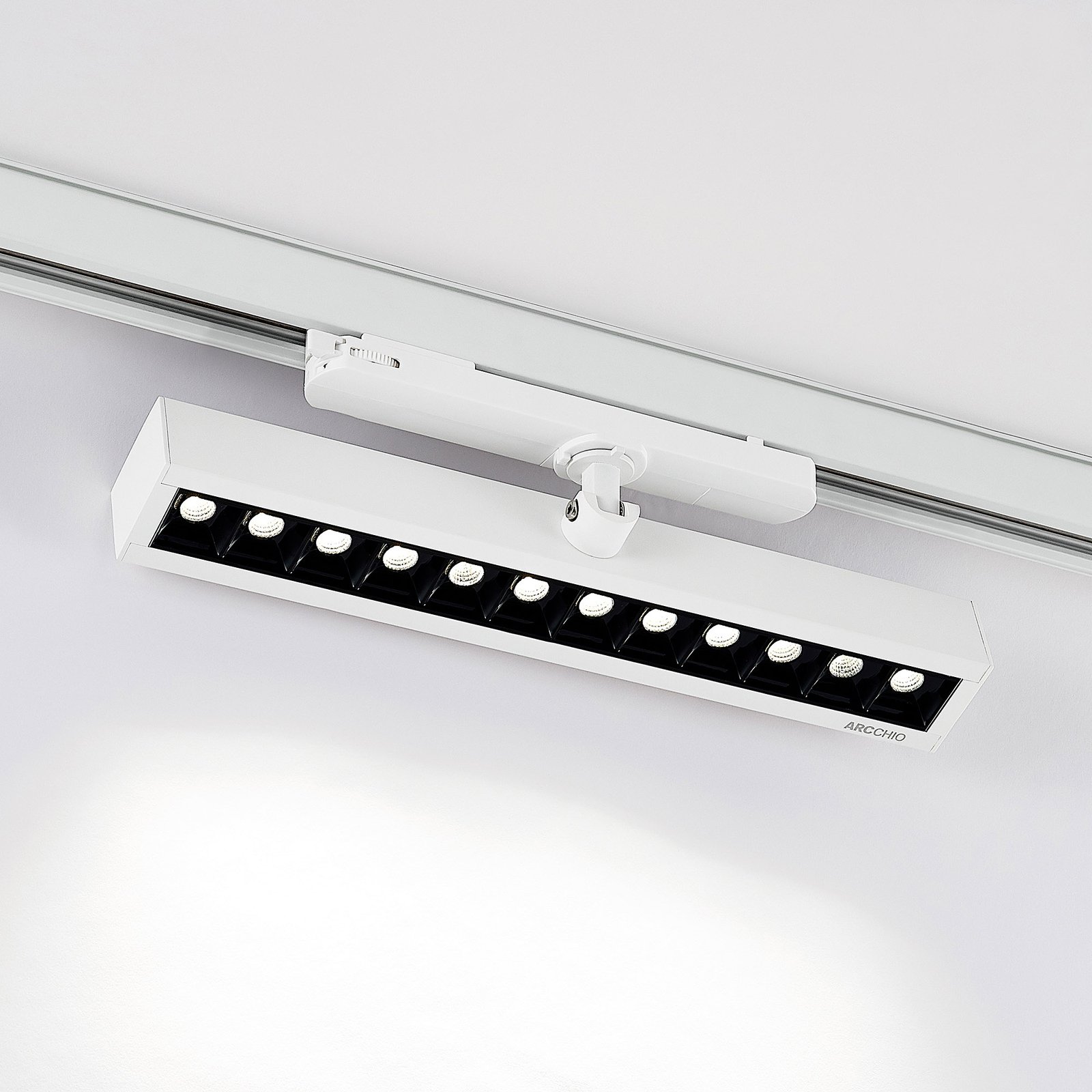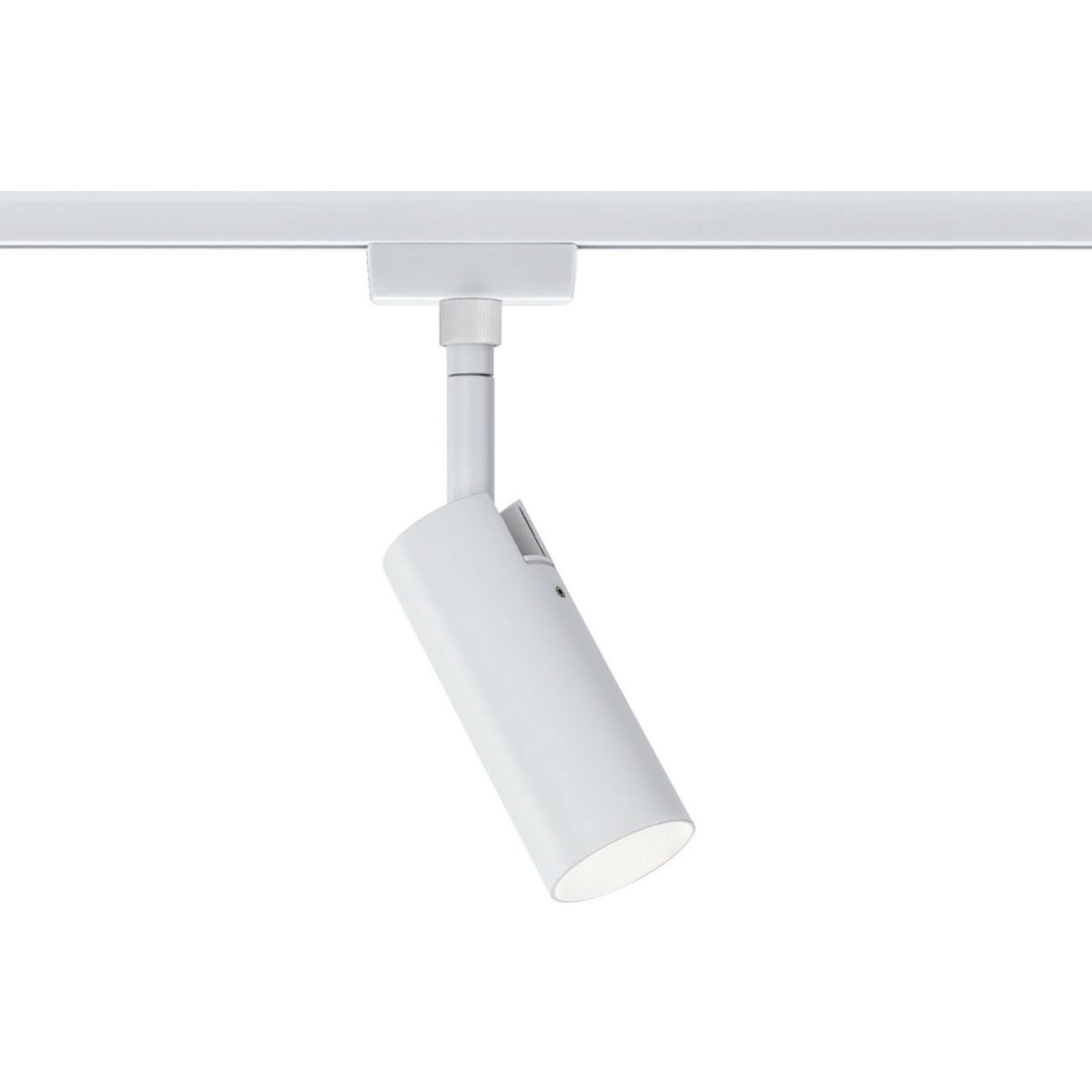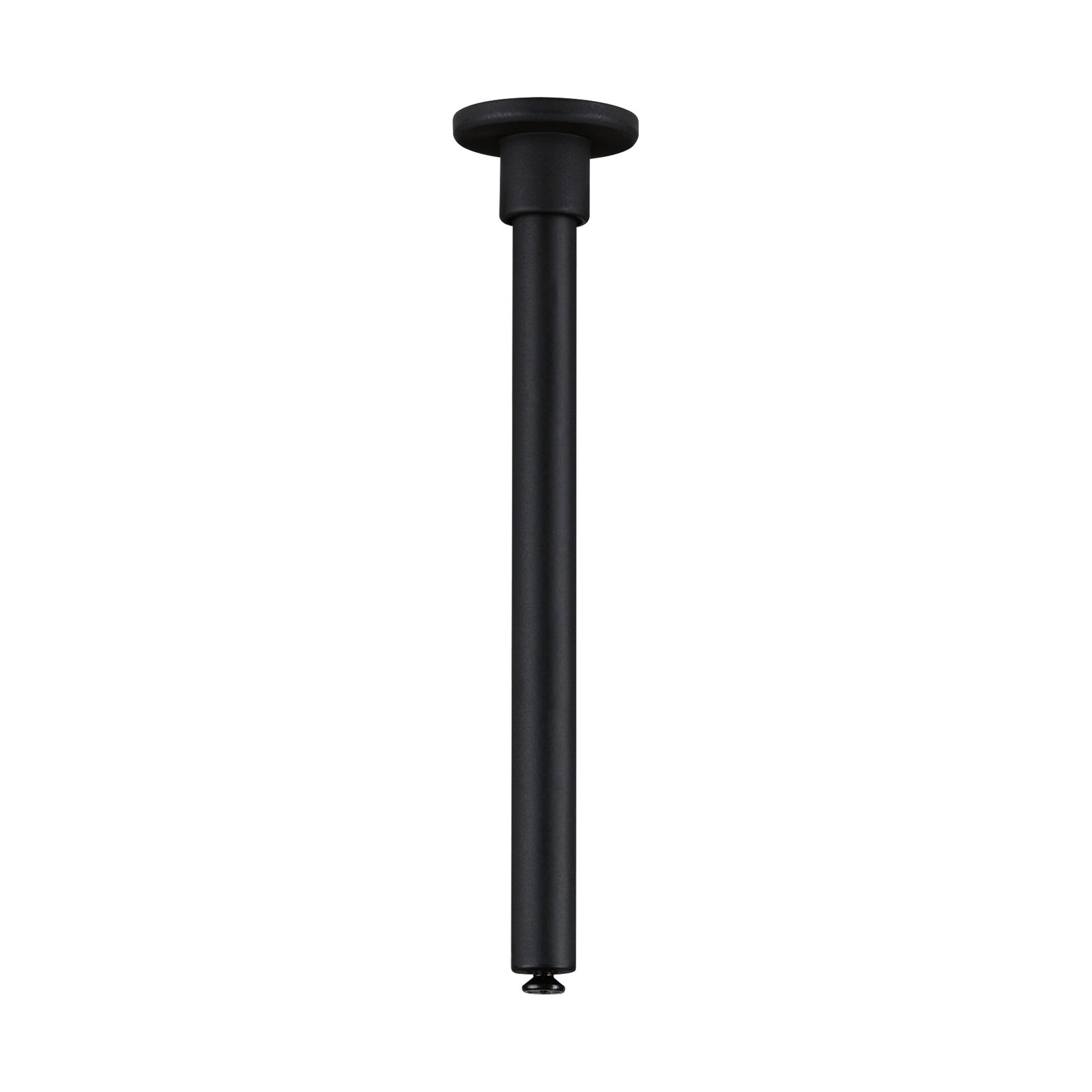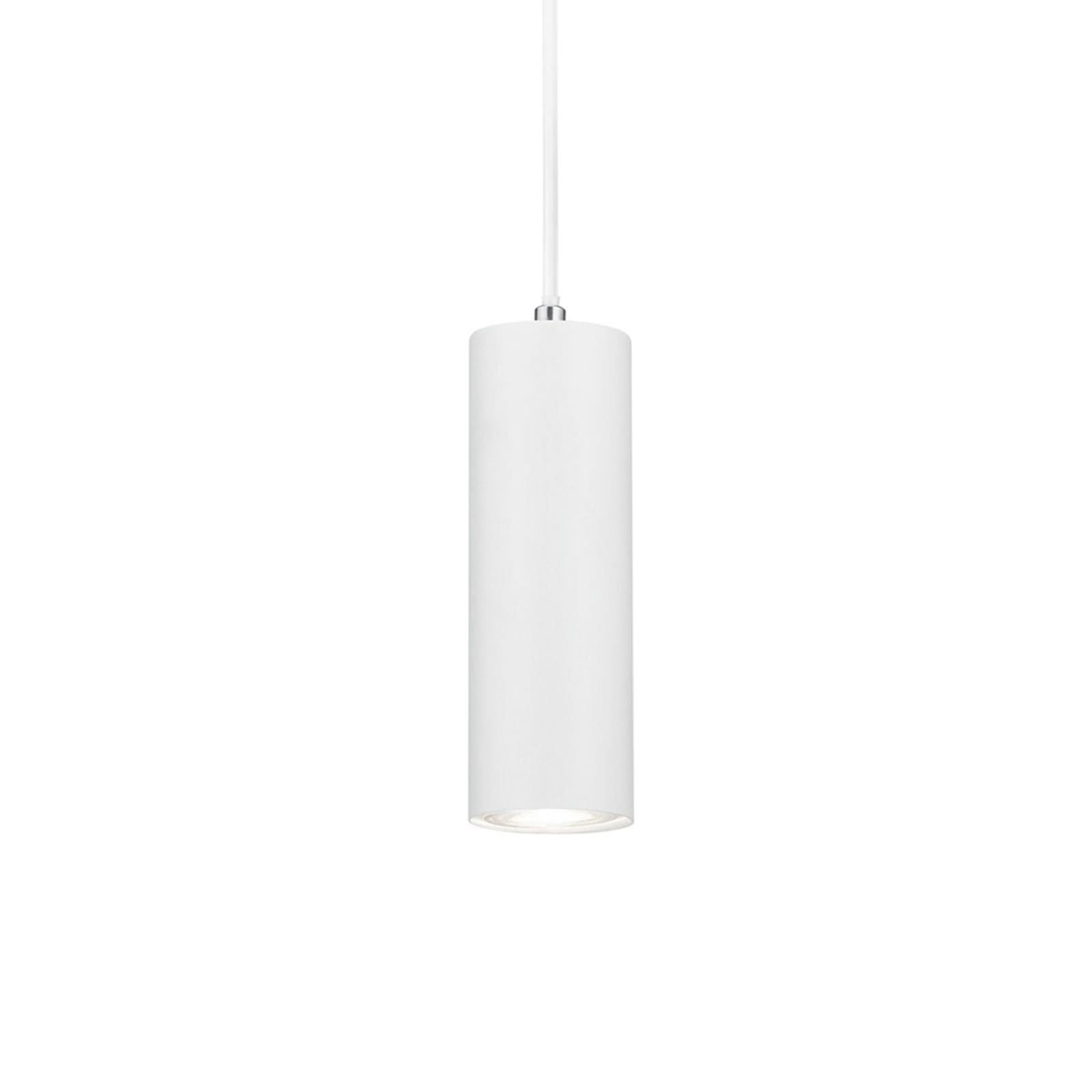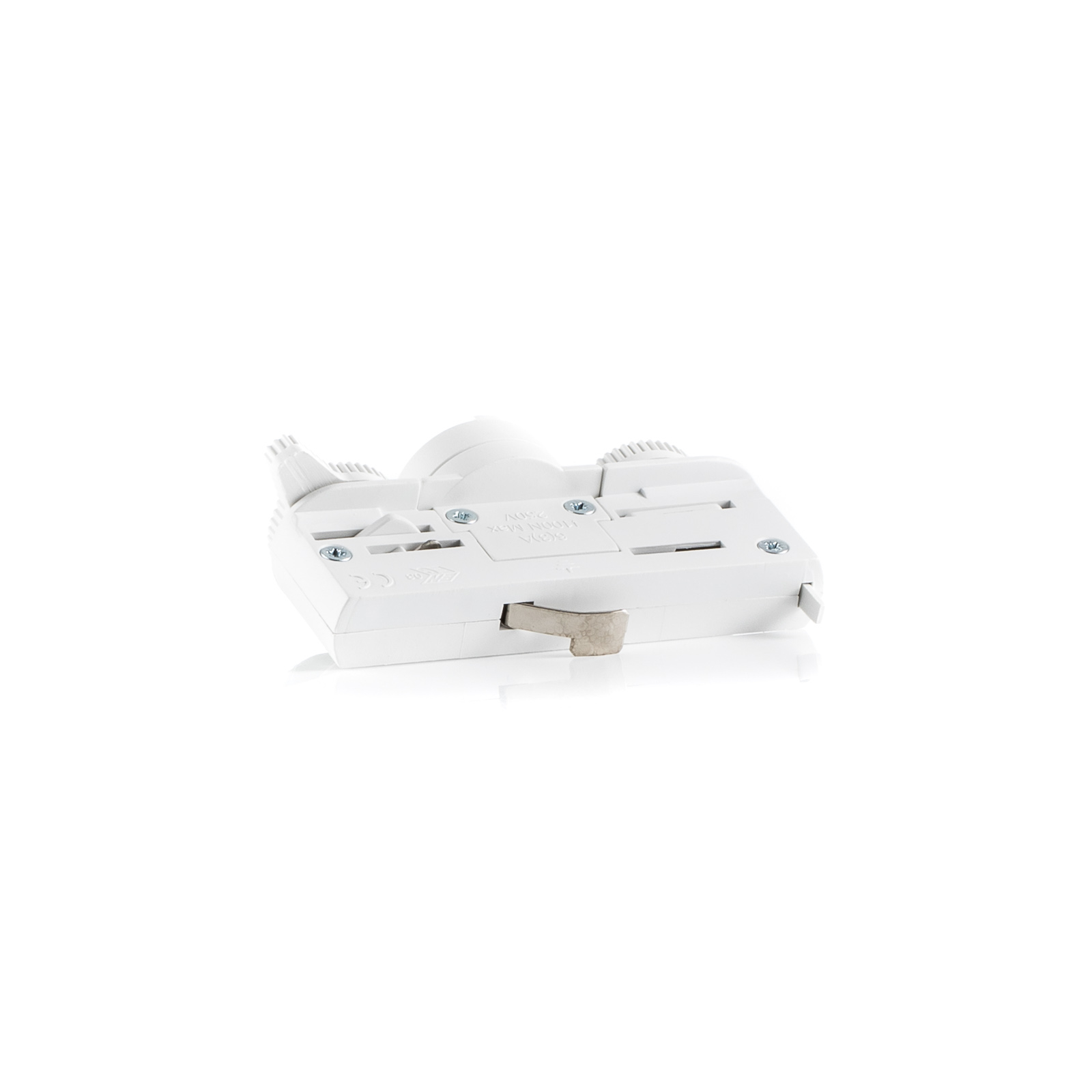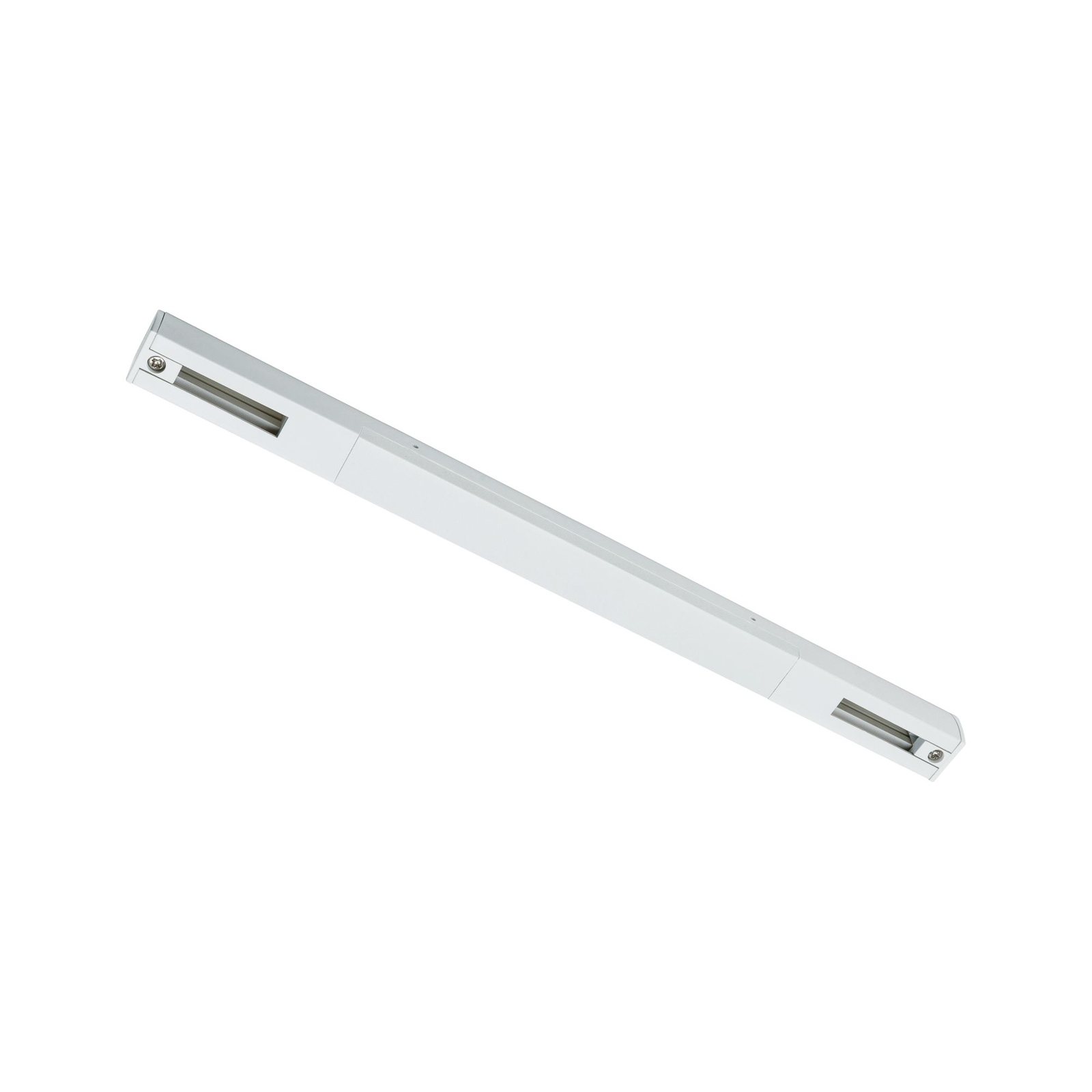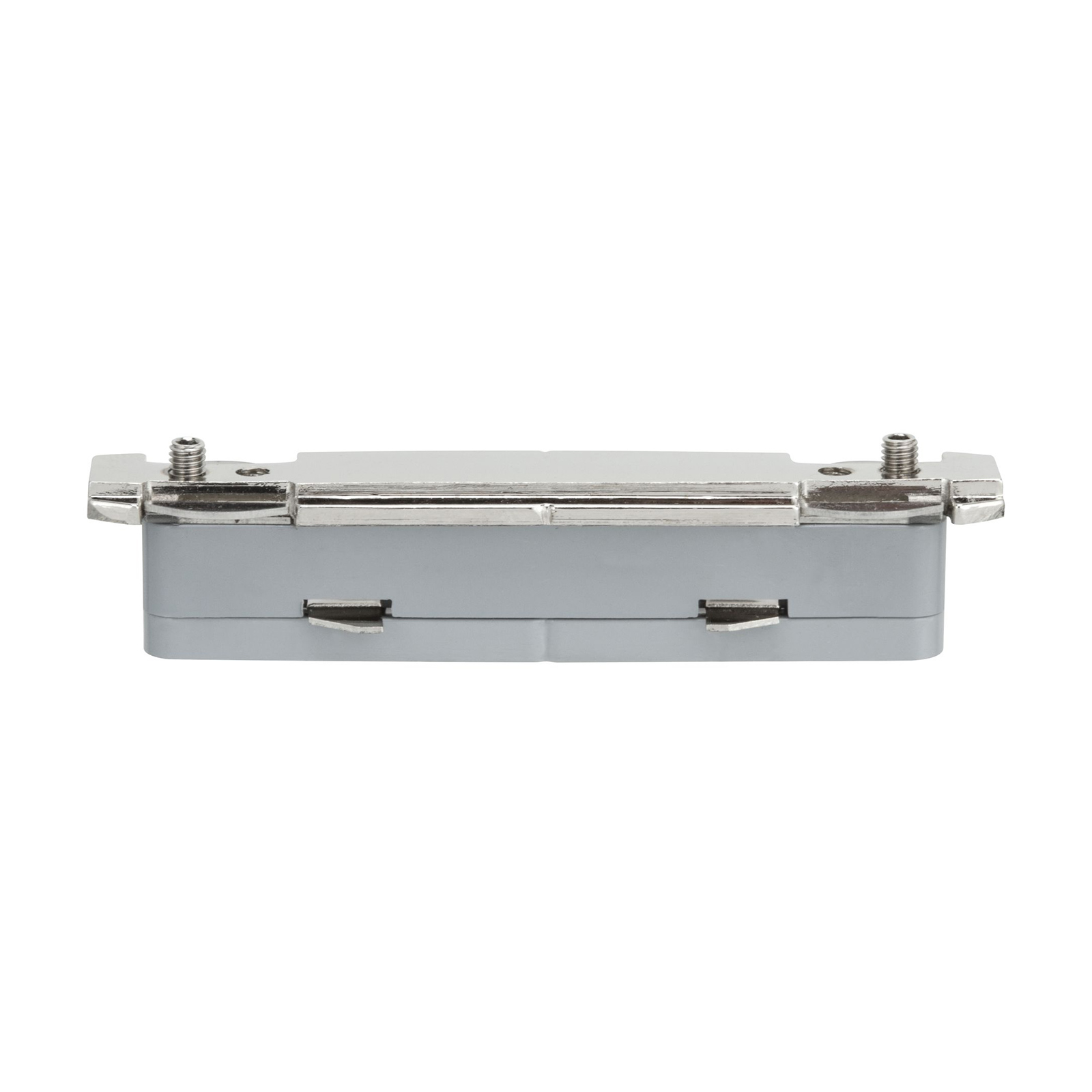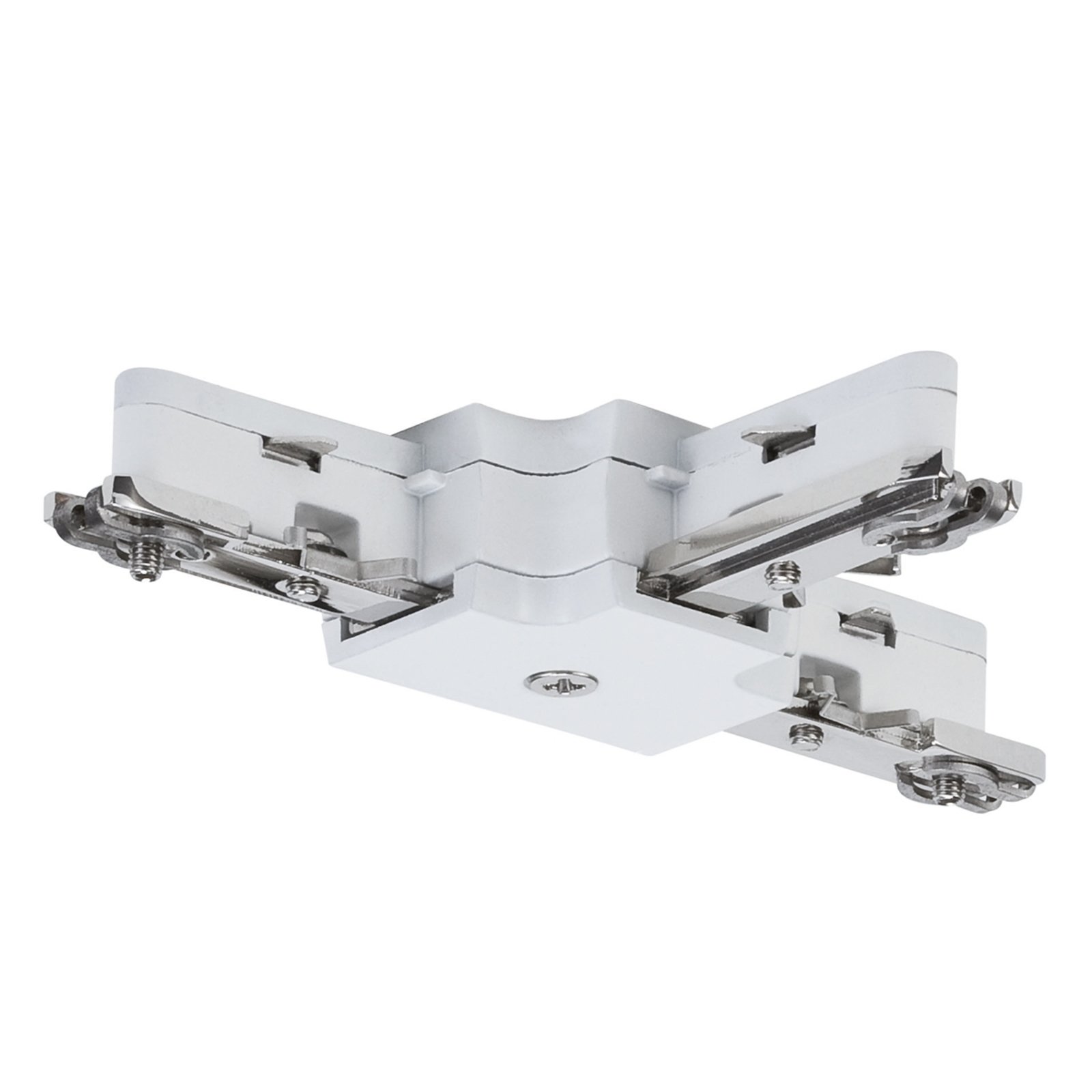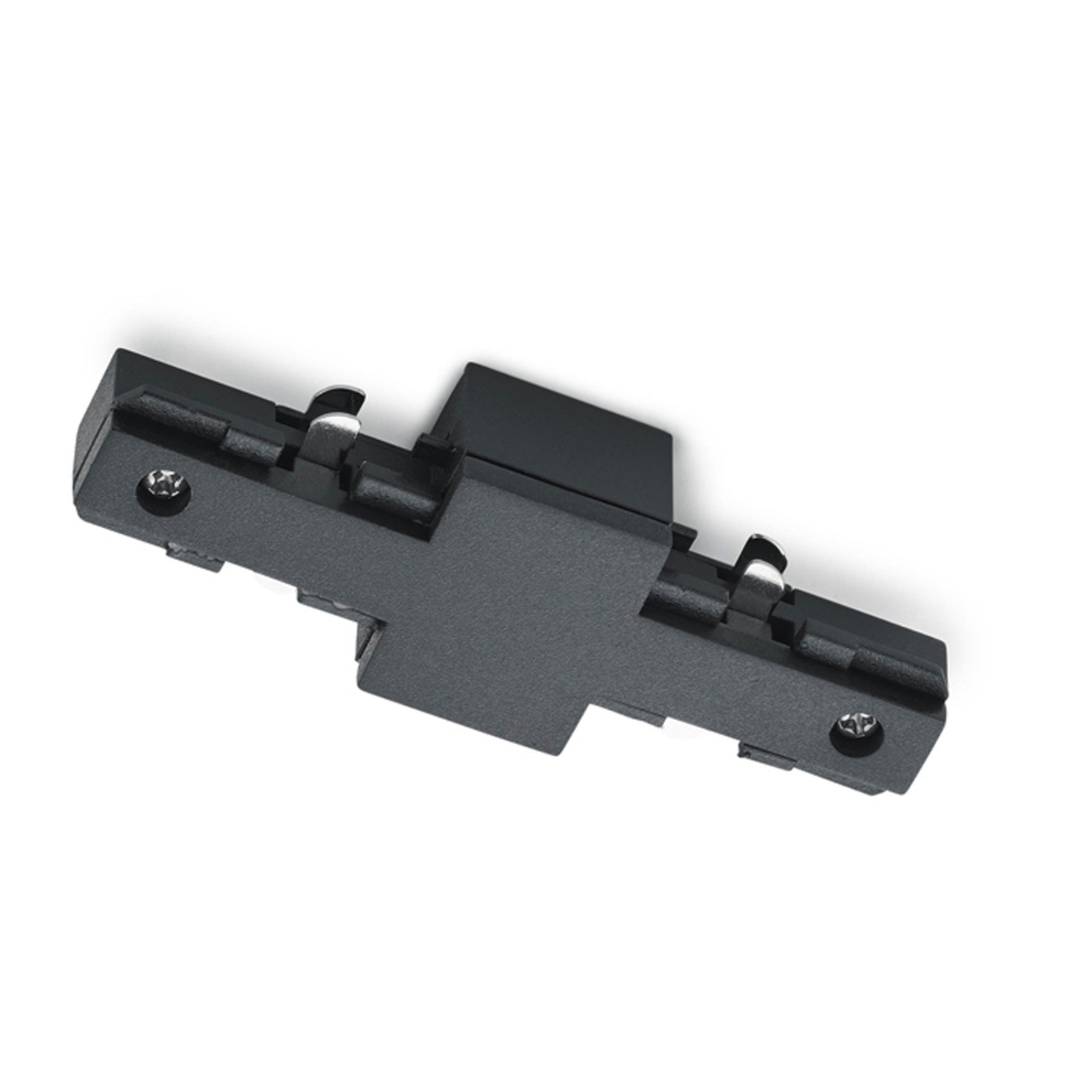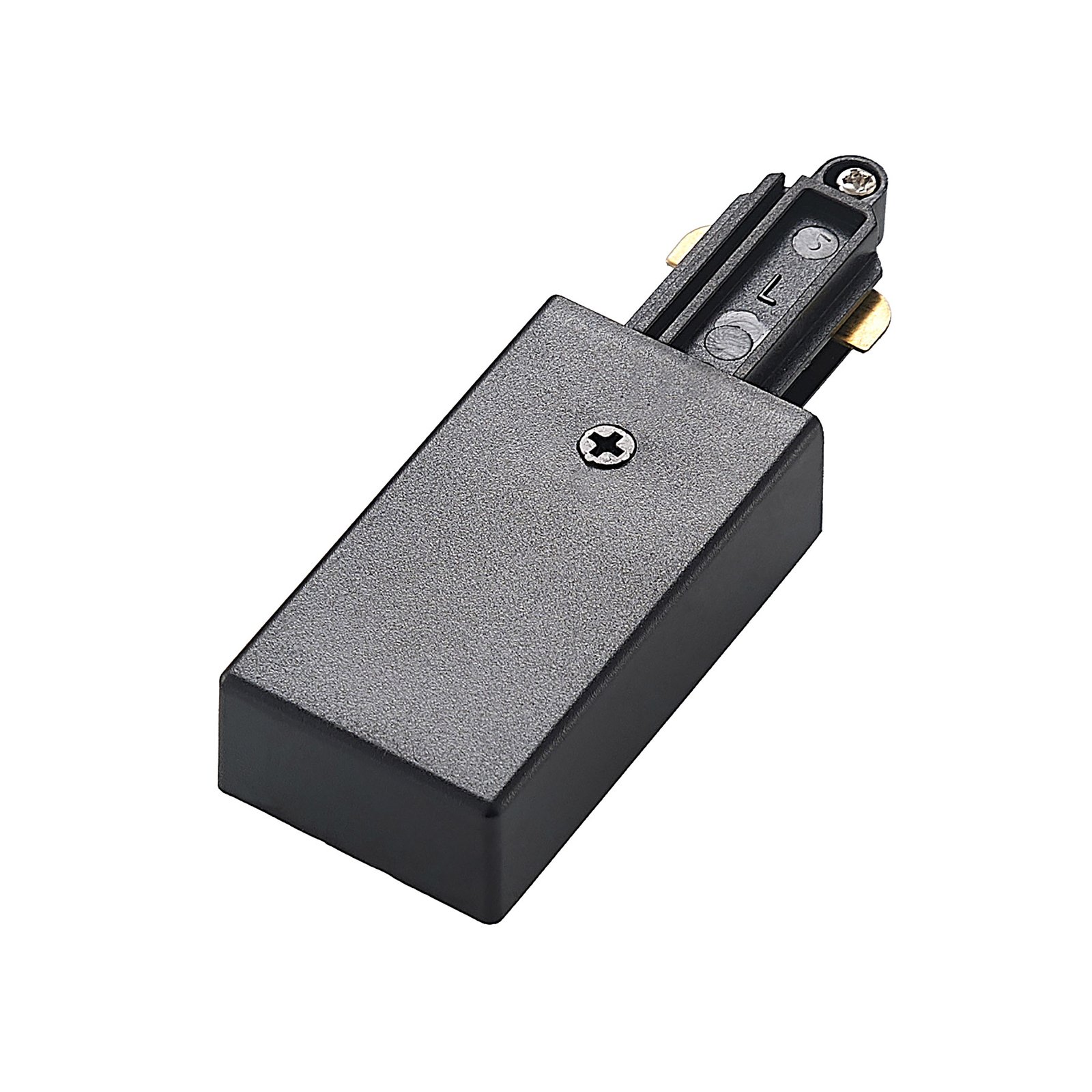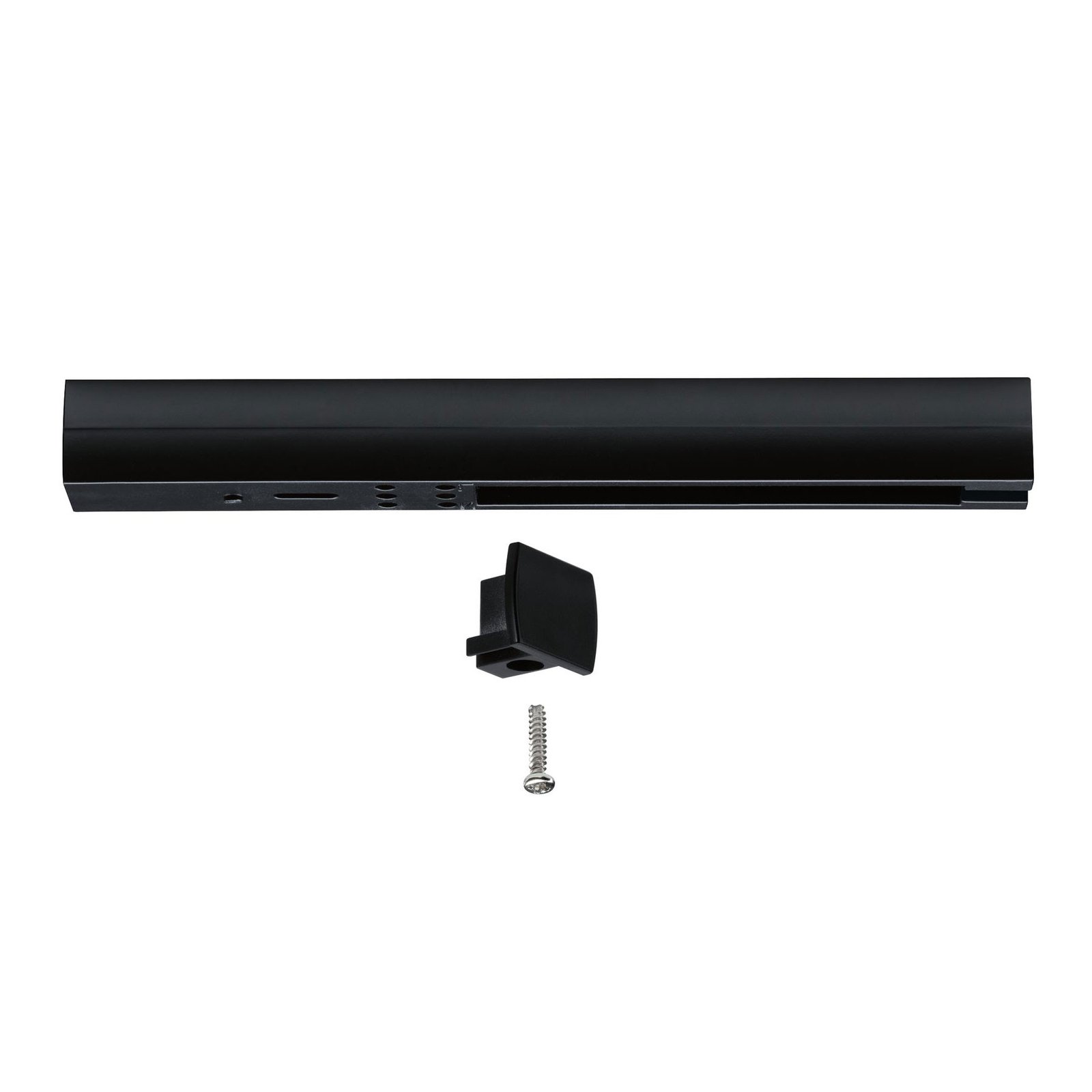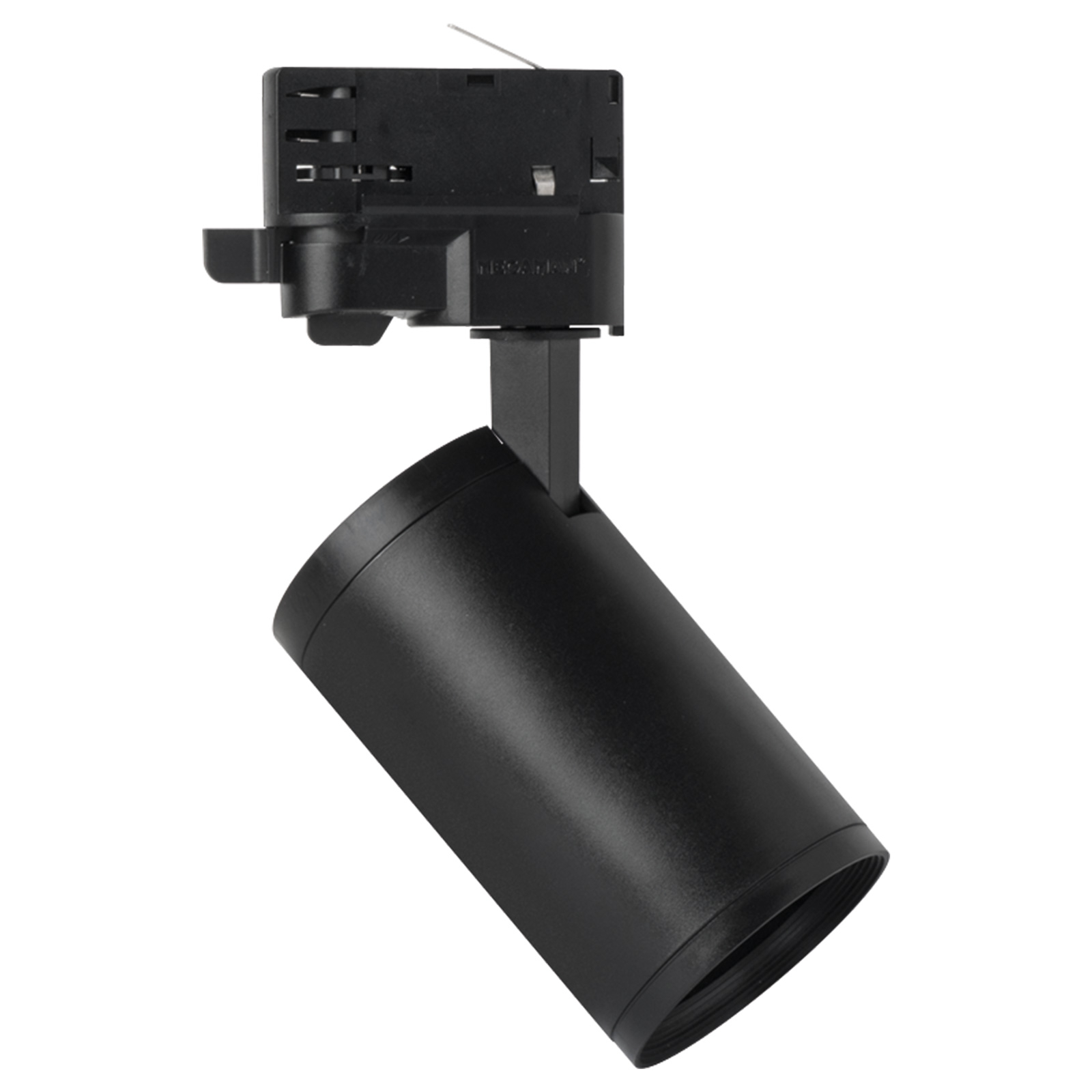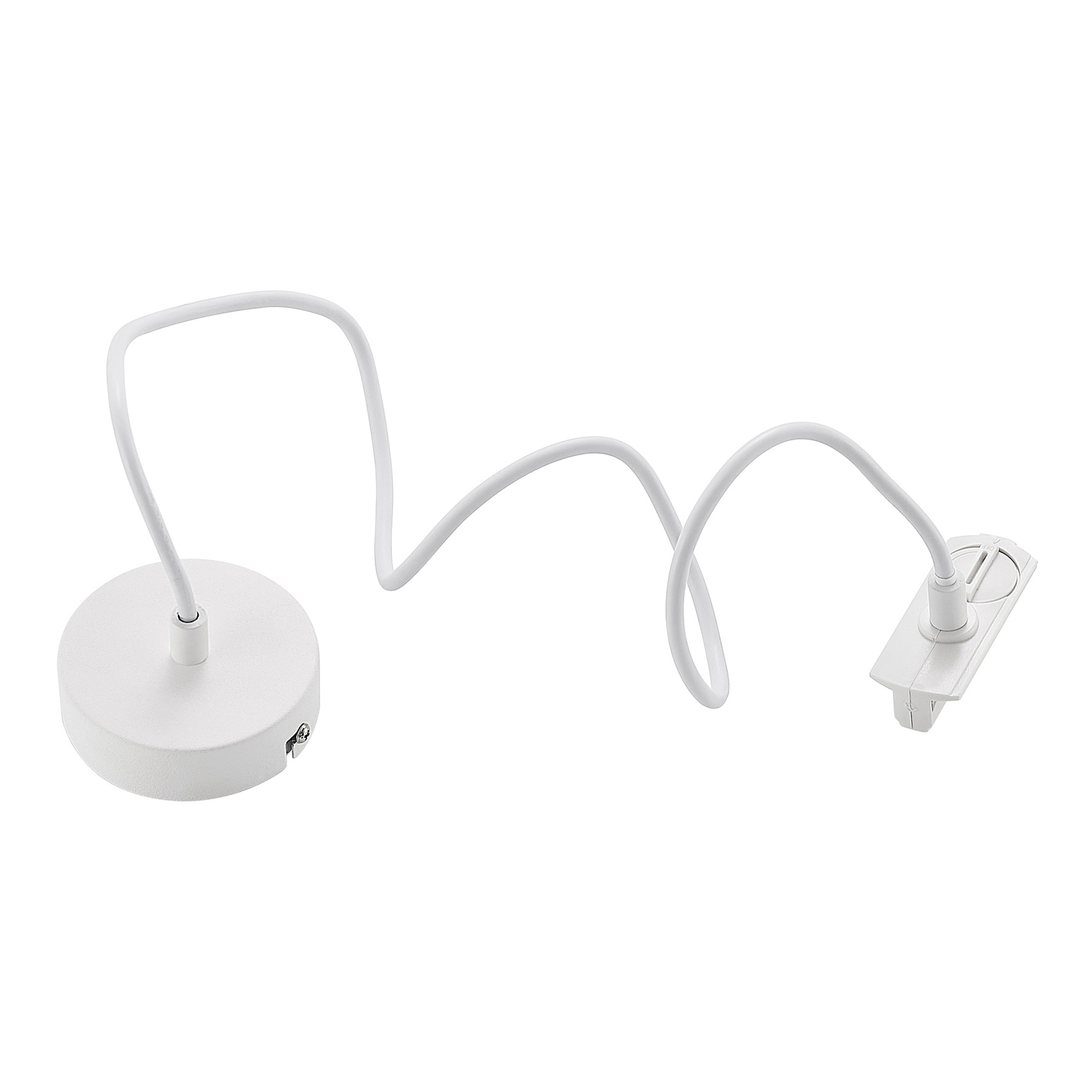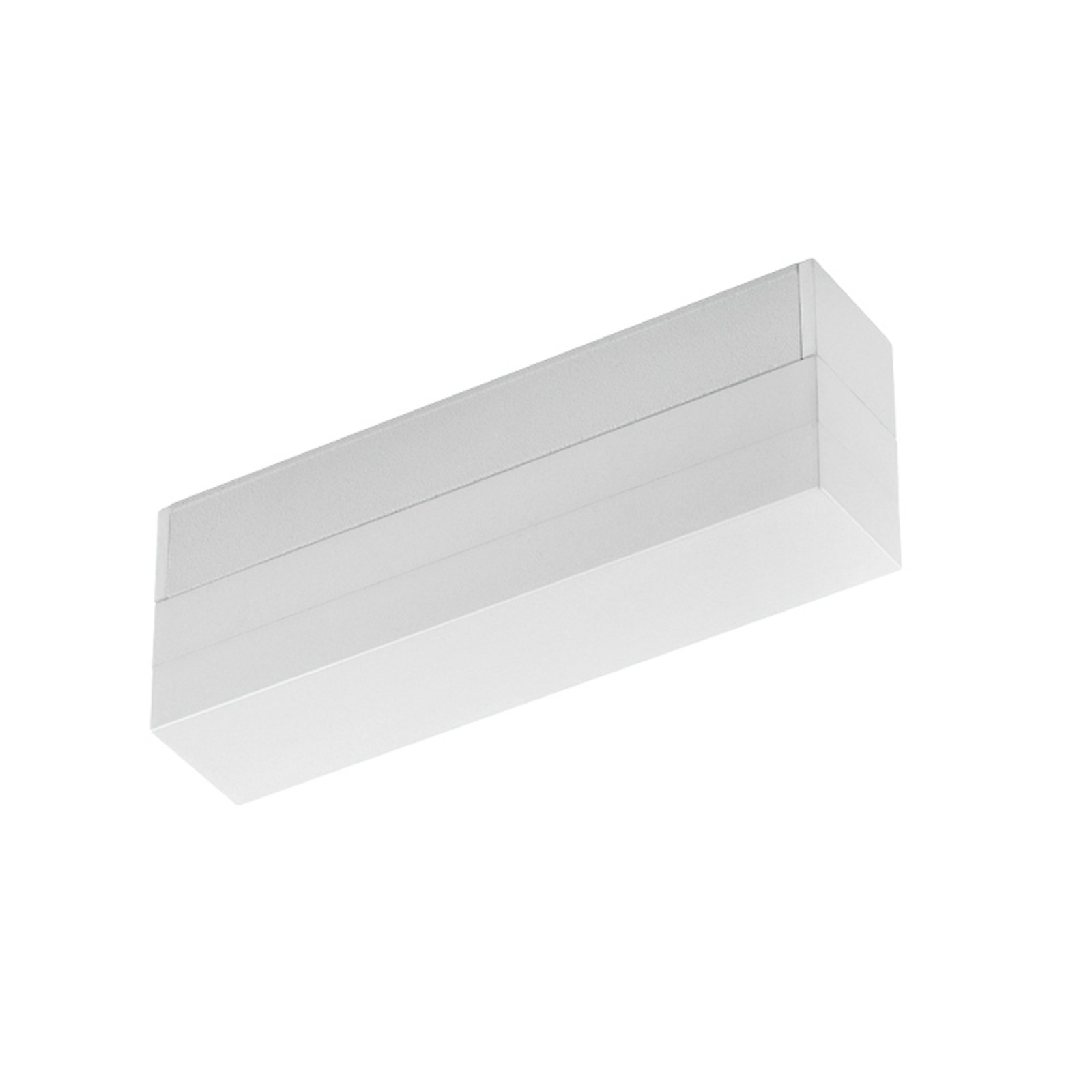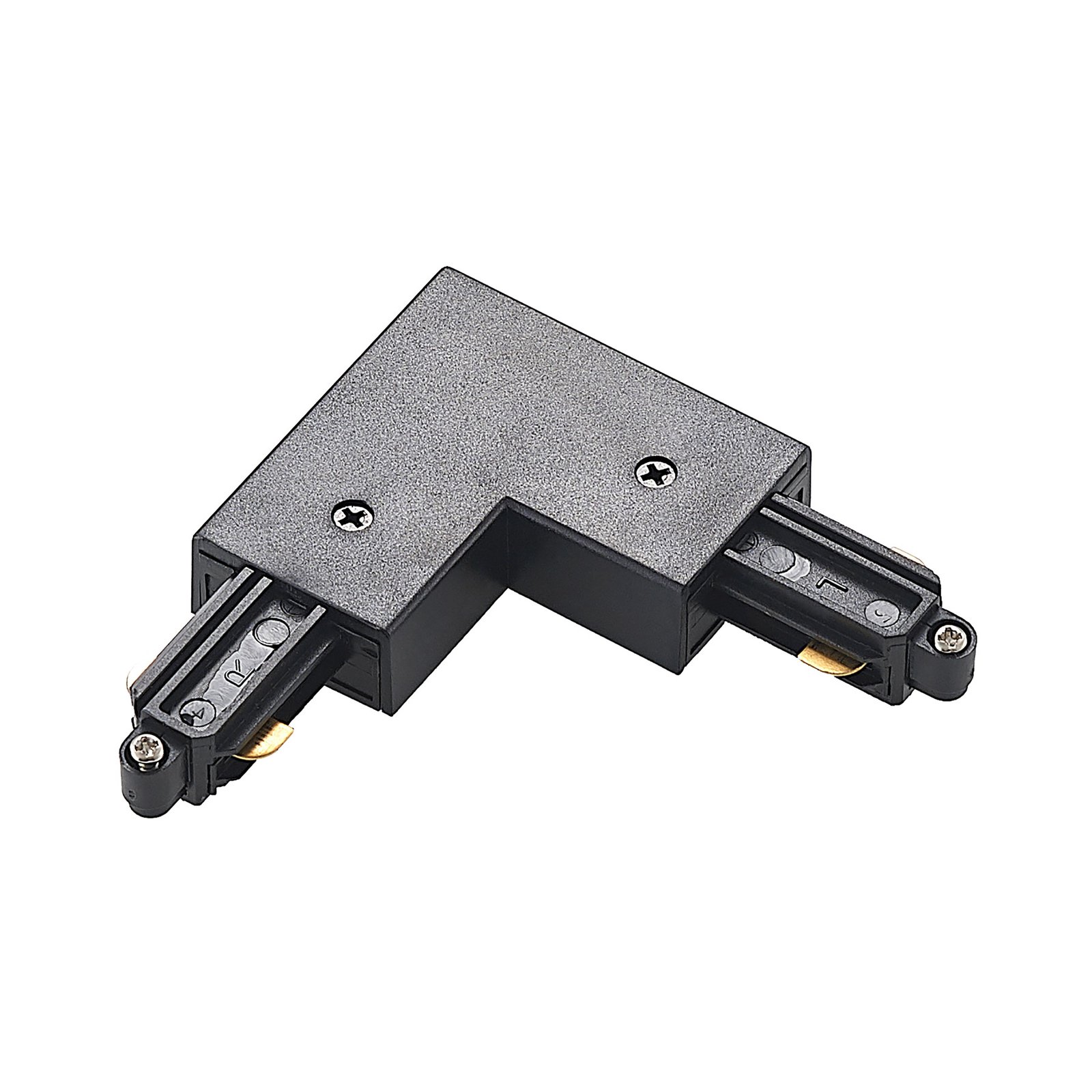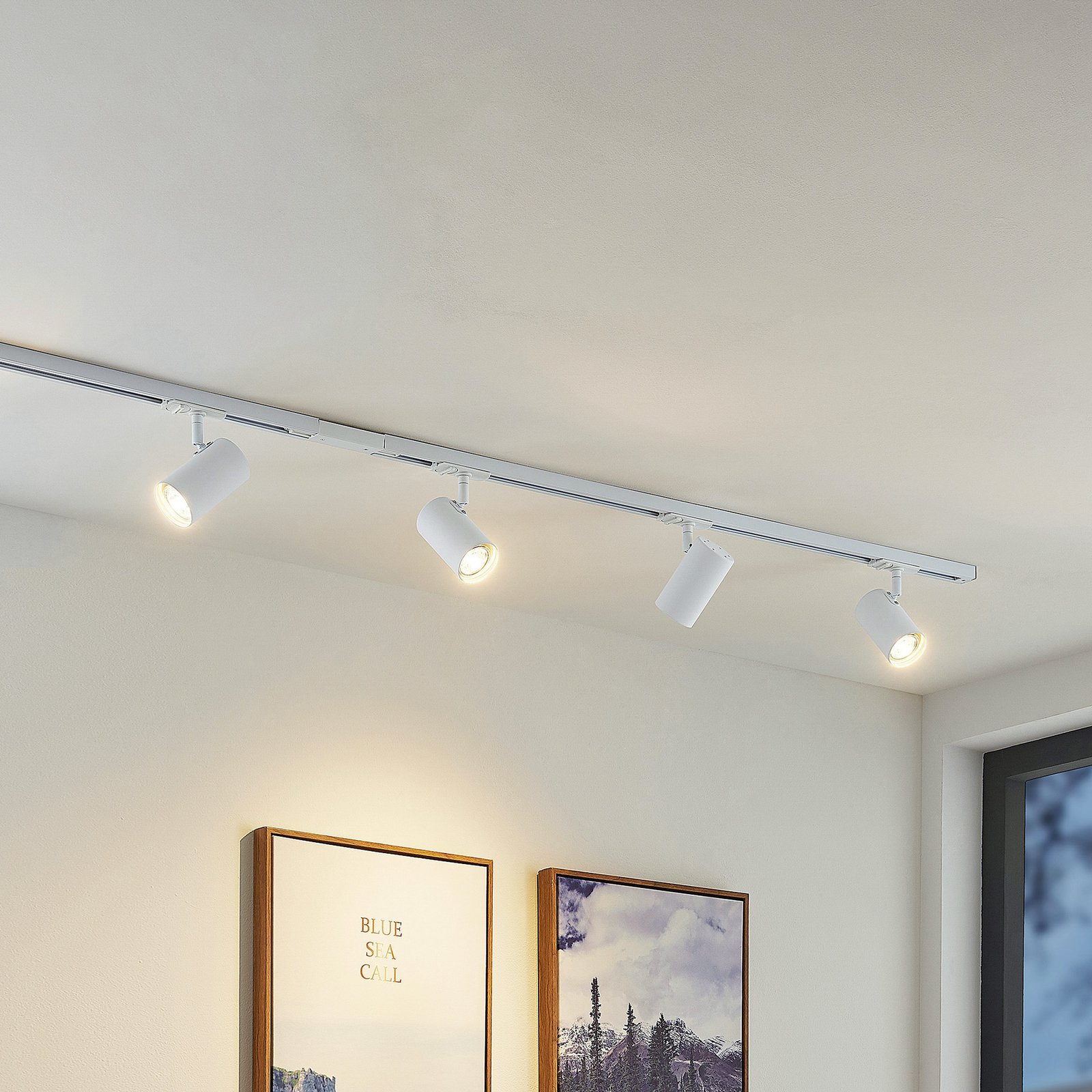- 50 days free returns
- Rated “Great” on Trustpilot
- The UK's largest selection of brands
Track systems: When lighting ideas know no bounds
Buy enough rails of the right length. Plan T, X and corner connectors. Decide between end feed-in or centre feed-in. Install a switch component for separate control of individual lighting areas by remote control.
No, track systems are not the easiest way to illuminate a living space. But the most individual type of lighting and if you know your way around a bit and don't shy away from a ladder, folding rule, pencil and drill, you can easily have a lot of fun planning and installing it. This guide is intended to point you in the right direction.
The reward for your efforts: lighting that ...
- extremely sophisticated,
- Easily expandable
- and is always truly unique thanks to its individuality!
When is a track system used instead of a ceiling light?
:format(jpeg))
The reason why you opt for a track system instead of ceiling lights is usually always the same: you only have one power connection available on the ceiling. And you want to use this one to illuminate a room in a "complex" way.
"Complex" means that you want to create different lighting areas, e.g. as in the picture above the kitchen table and also beautiful picture lighting on the wall. However, "complex" can also mean that you want to illuminate an angled room properly when a normal ceiling light leaves far too many dark areas.
This means "complex" in private living space.
Rail systems are used much more frequently in the commercial sector. Because here "complex" is rather standard. In shops, for example, the spotlights, spotlights and pendants, which can be repositioned flexibly at any time, are used to illuminate the changing product range in museums.
For all private and commercial applications, it is the high flexibility of the rail system (even after installation) that makes the difference.
What is the difference between high-voltage and low-voltage track systems?
:format(jpeg))
High-voltage track systems are connected to the normal mains current of 230 volts. As there is no transformer, there is also no minimum load. This means that additional luminaires can be added (largely) without any problems and without overloading the track system. Low-voltage track systems work with 12 volts. To achieve this, a transformer is required. However, with low-voltage track systems, care must be taken to ensure that the transformer is loaded correctly.
Can track systems be controlled by remote control?
You can now switch any smart home light on and off, change the light colour, dim it and customise the light overall using a remote control or smartphone.
And if track systems are the most flexible of all lighting systems, it should work here too, right?
Correct. Using the URail track system from Paulmann as an example, all you need is the remote control that goes with the system and a switch component upstream of a specific section of the track system. The section behind it can then be controlled by remote control. Of course, you can also place the switch at the beginning of the entire system, in which case the whole system can be operated at the touch of a button.
Which lights can be integrated in addition to spotlights and spotlights?
Compatible lights must be attached to a track system - that much is clear! However, you can find out which lights are compatible with which in our categories conveniently sorted by system. The URail system from Paulmann, for example, can be fitted with spots, pendant luminaires, flat light panels, fabric shade pendant luminaires, downlights and more.
You may already notice how your creativity is stimulated. Imagine, for example, a spotlight that specifically illuminates your armchair in a corner of the room. A small pendant light for the side table next to it, where you place your coffee. Several downlights that provide basic brightness in the room.
For all these variations, you would normally need several power connections on the ceiling and wall. With a rail system, however, you only need one single power connection for all this.
A recommendation to start with: Consult an electrical specialist. We will show you just how complex such a system can be (depending on your wishes and requirements) using the URail system from Paulmann as an example. Step by step you would proceed roughly as follows:
- Determine the shape of the room ** Track systems work in any room, but are particularly interesting for L-, T- or U-shaped rooms.
- Measure the space and plan lighting areas.
- The system is connected via a ceiling power outlet - this is sufficient for all. You must still have the outlet.
- Which feed is required depends on the direction in which the rail system is to run. Example: For a track system that runs from the power outlet in two directions (for example in an L-shaped room), a centre feed is required. If the rail system runs in only one direction, an end feed is required. If the power outlet is offset from the start of the track system, but similar to an end feed, a so-called monkey swing is used.
- From the power feed, the rails follow in different lengths, which are connected to each other with connectors, i.e. straight connectors, corner connectors, T and X connectors, height-variable connectors and Flex connectors.
- Separately switchable areas are preceded by a switch element. This is placed in front of the separately switchable area in a similar way to a connector.
- Clamp the lights to the rail system, slide, align and screw tight. Note: Despite high voltage, track systems such as the URail system also have a maximum load. In this example, this may only be utilised up to a maximum of 1,000 watts.
The strike-through prices correspond to the manufacturer's RRP.
All prices include 20% VAT, delivery costs excluded.




































